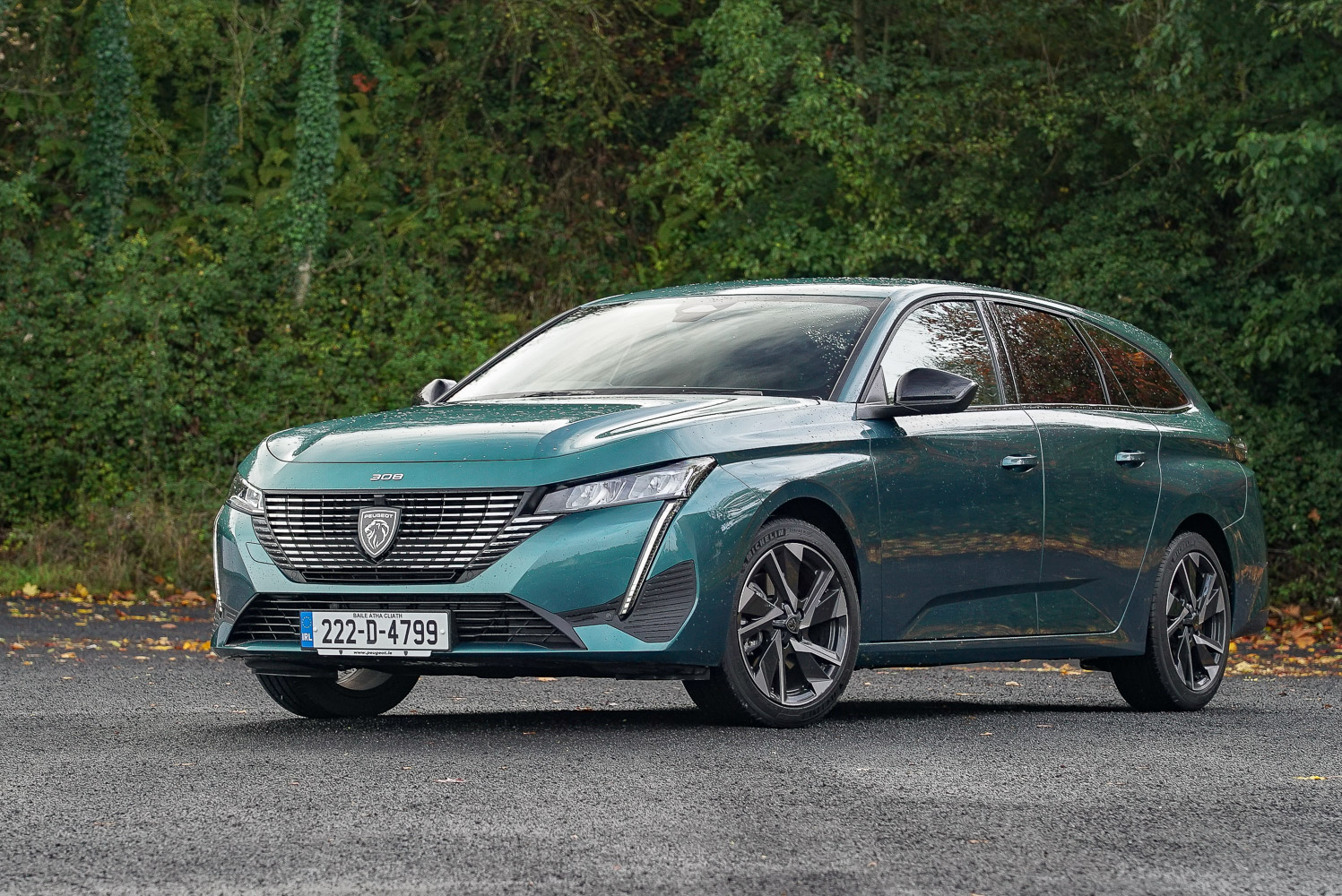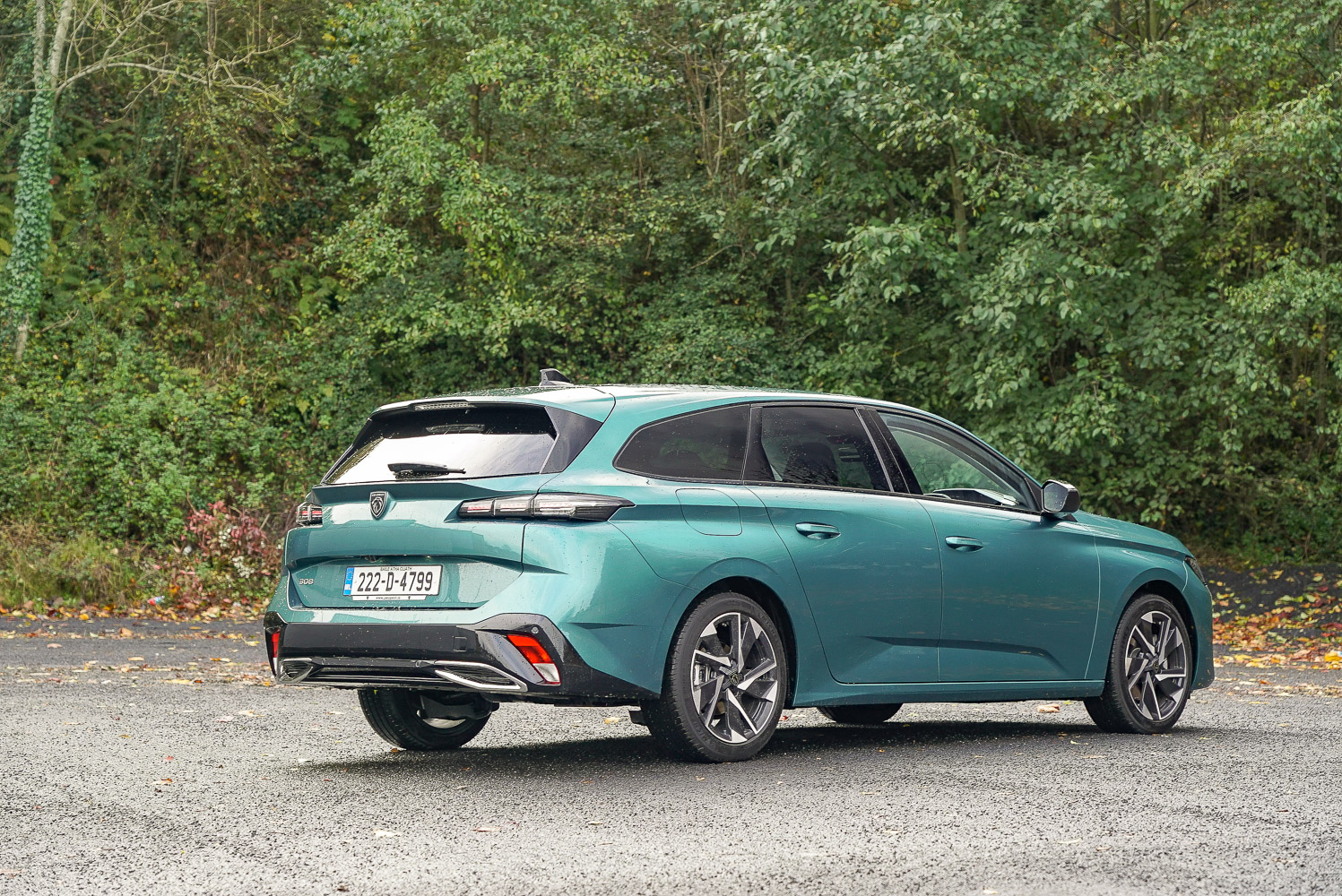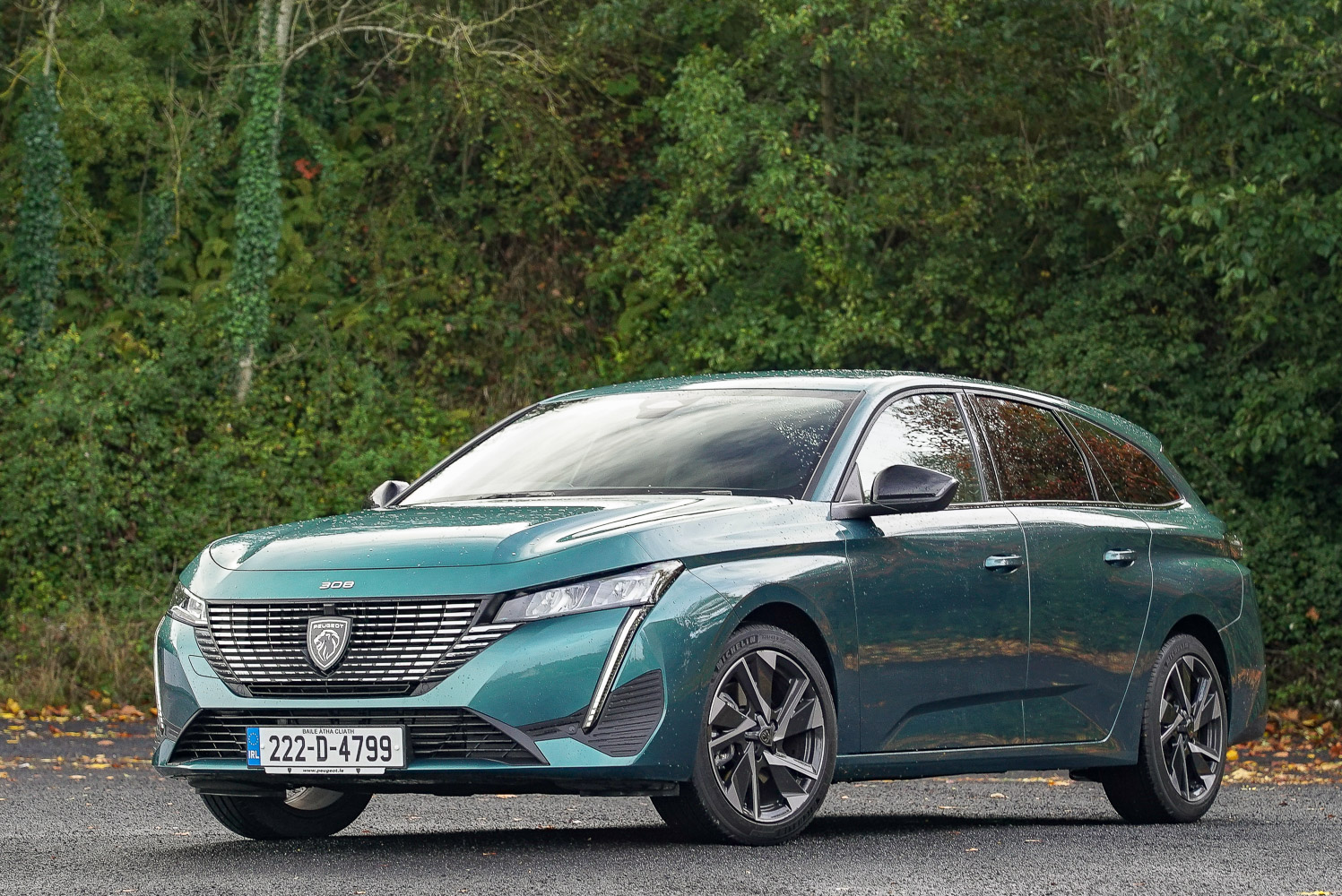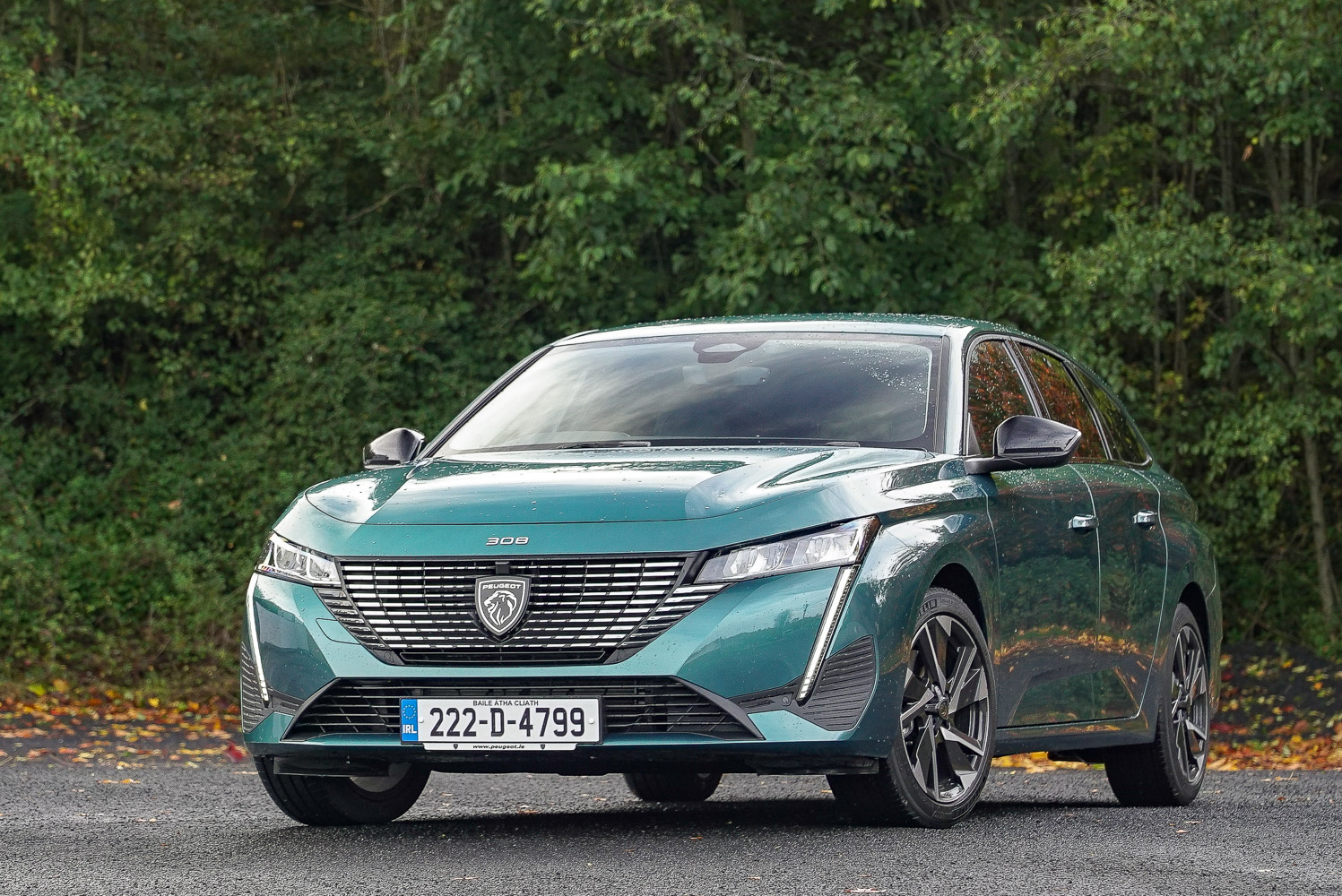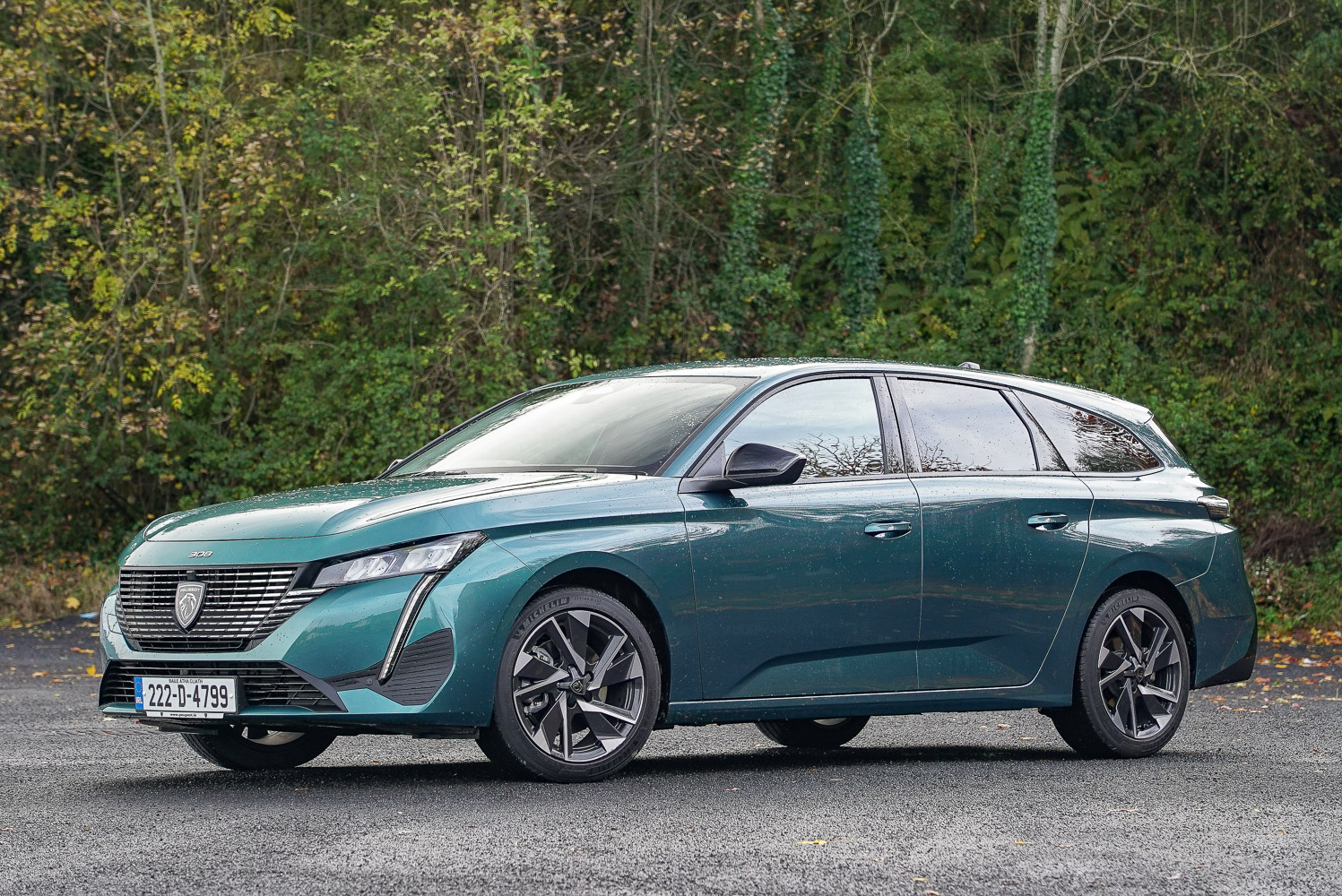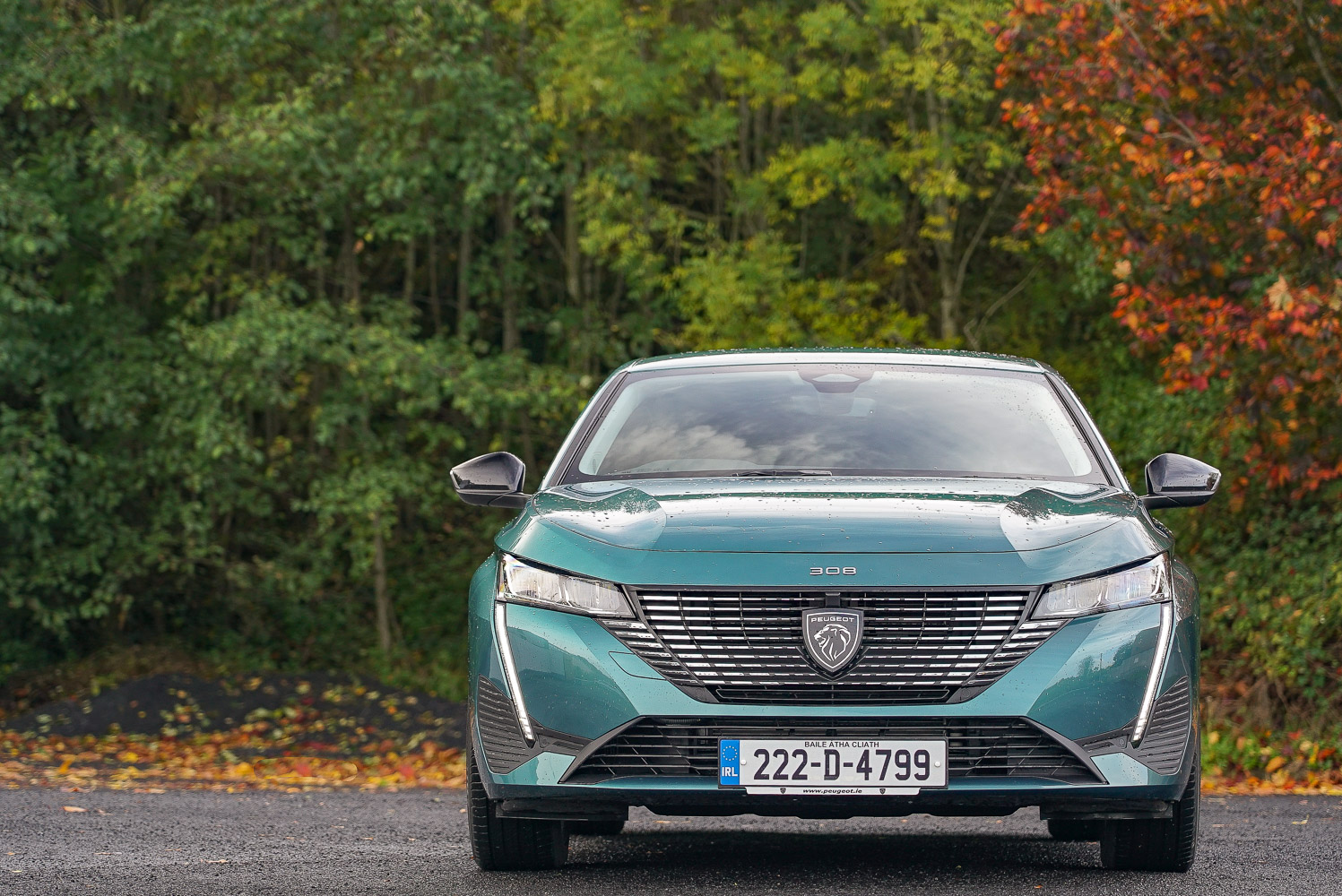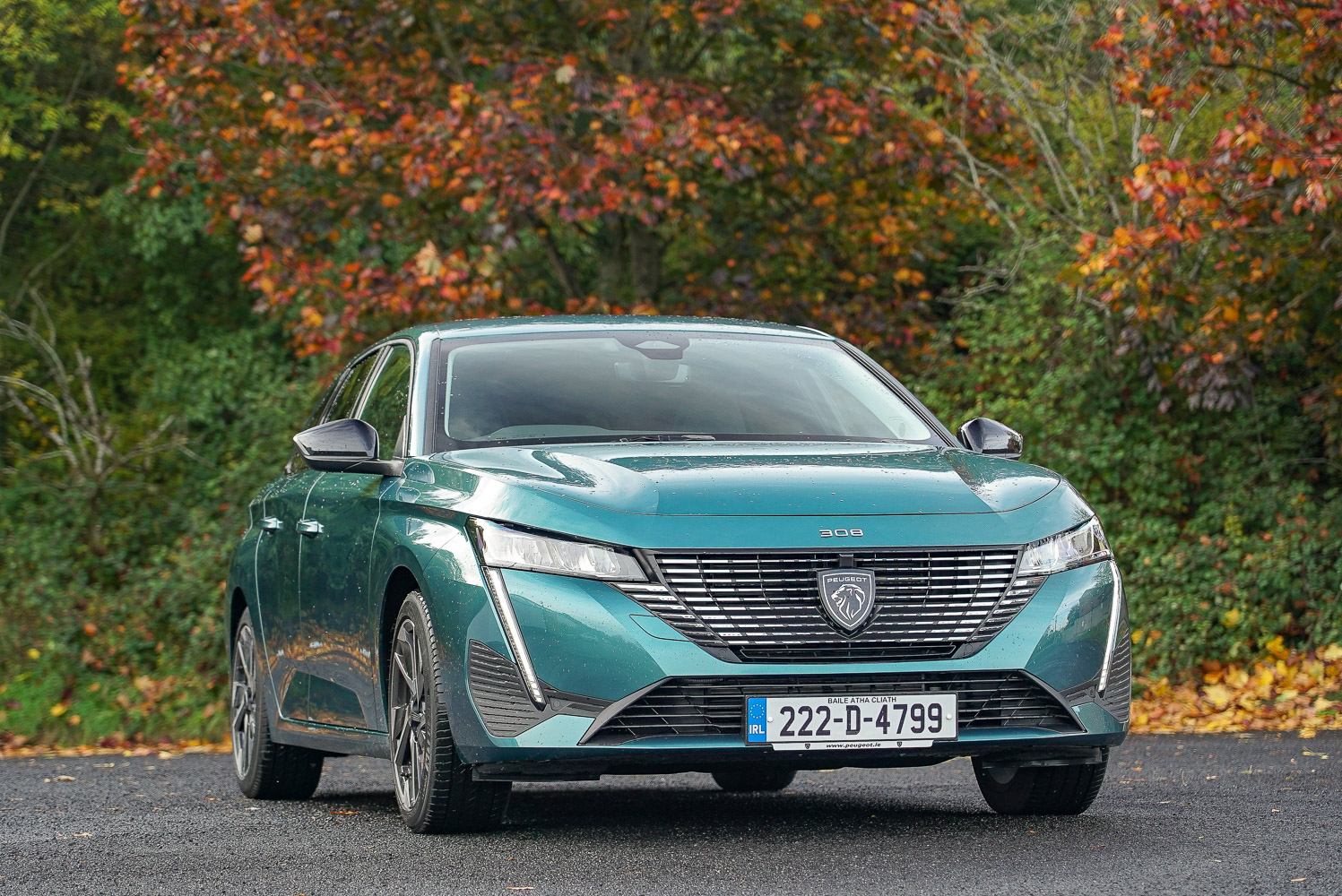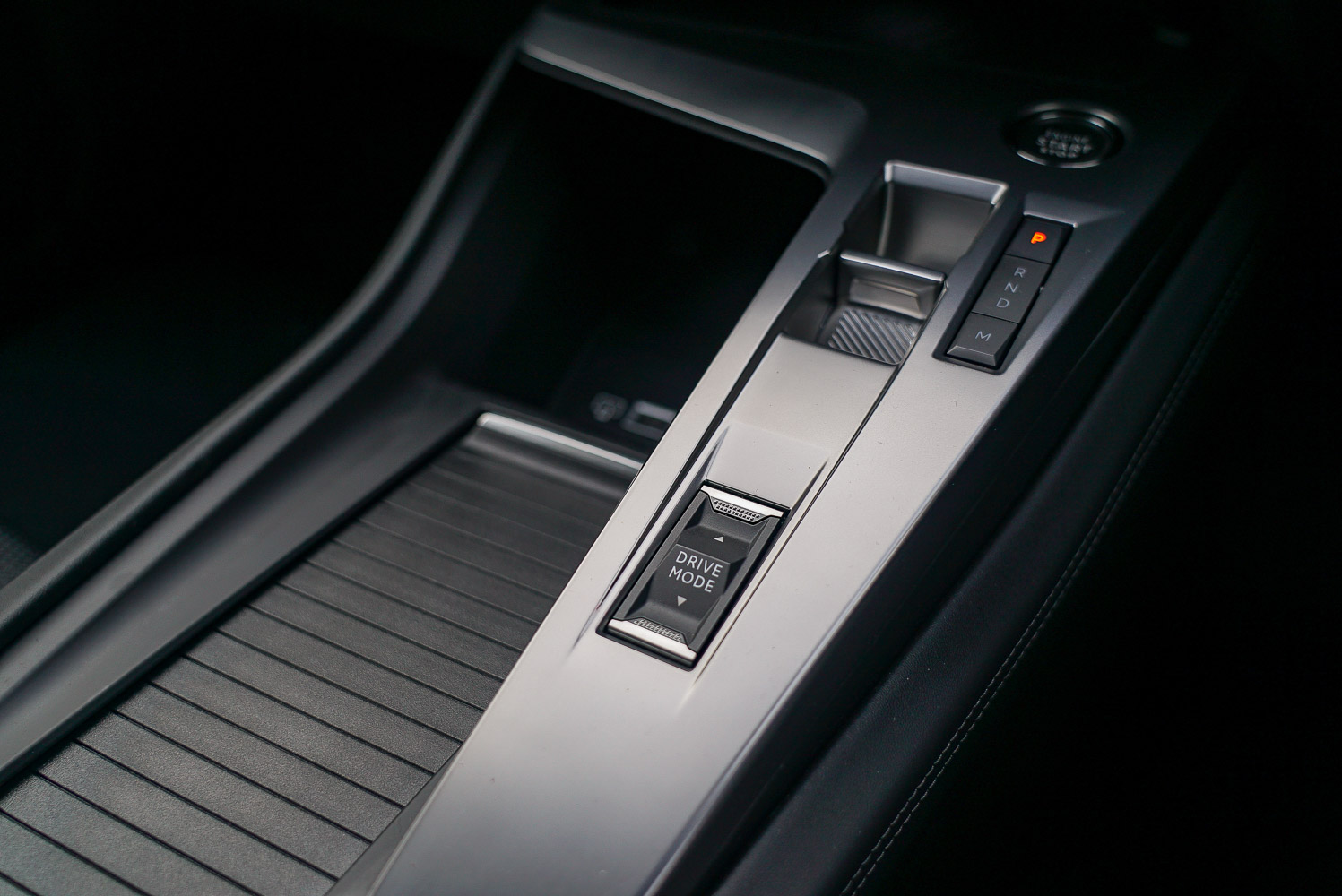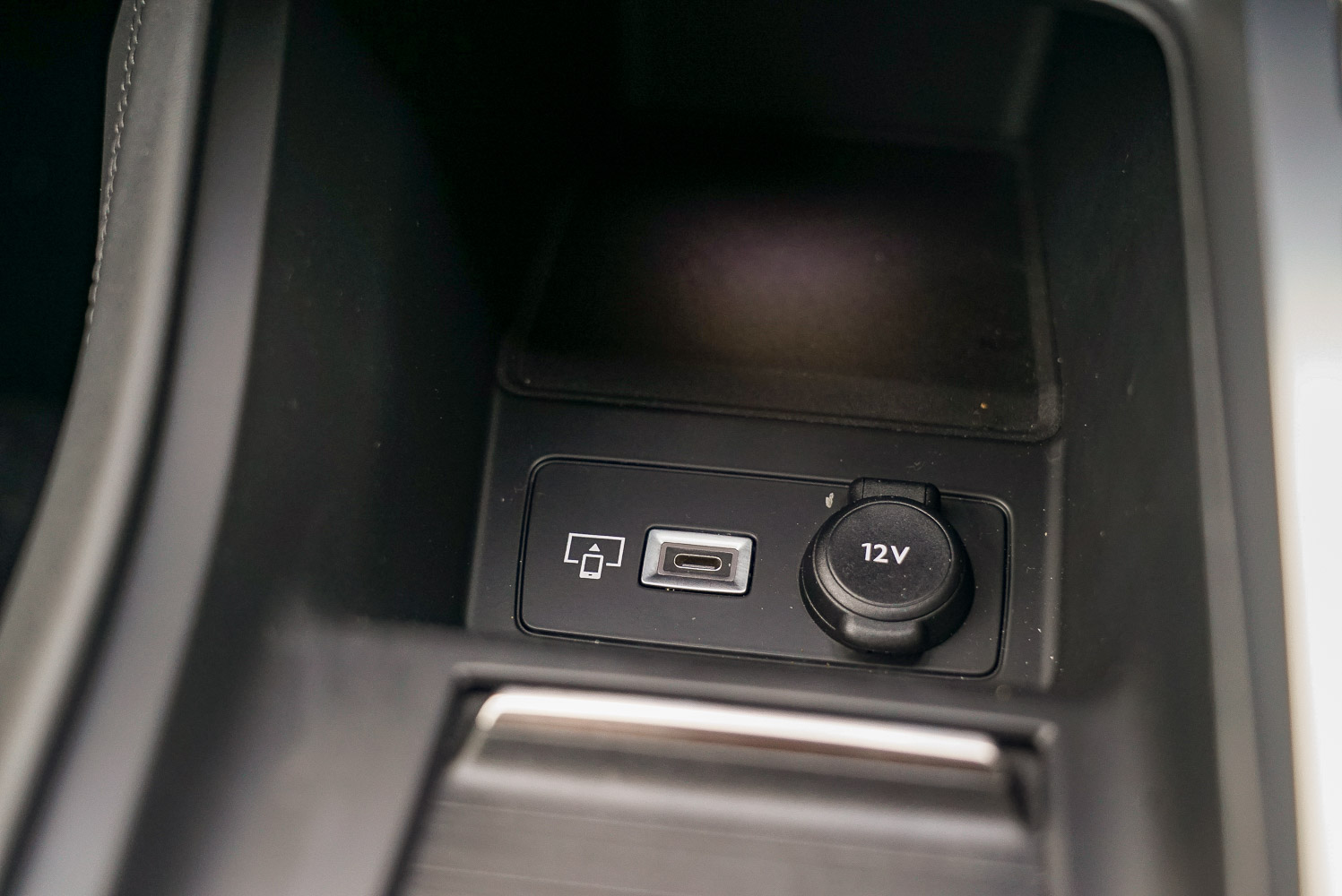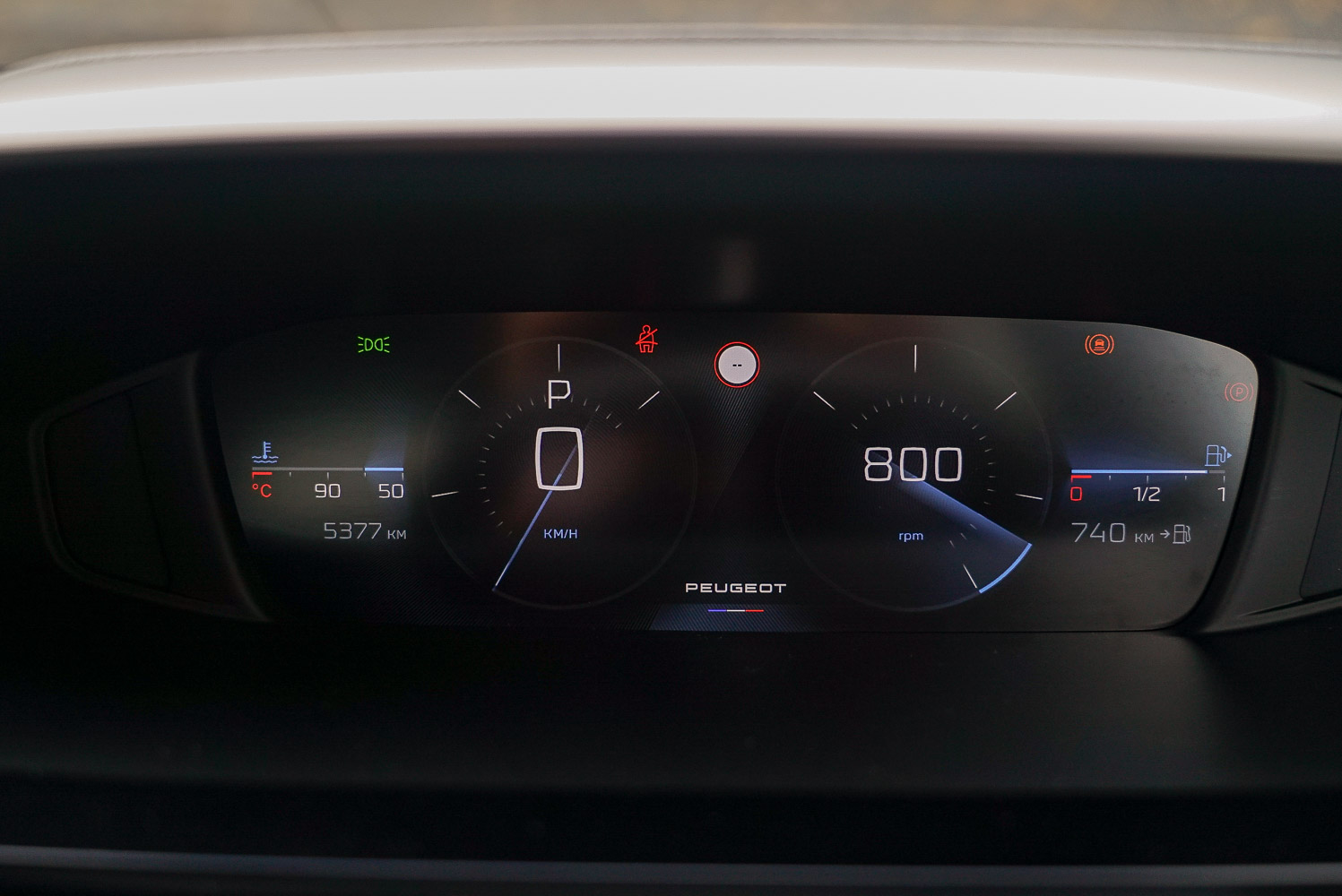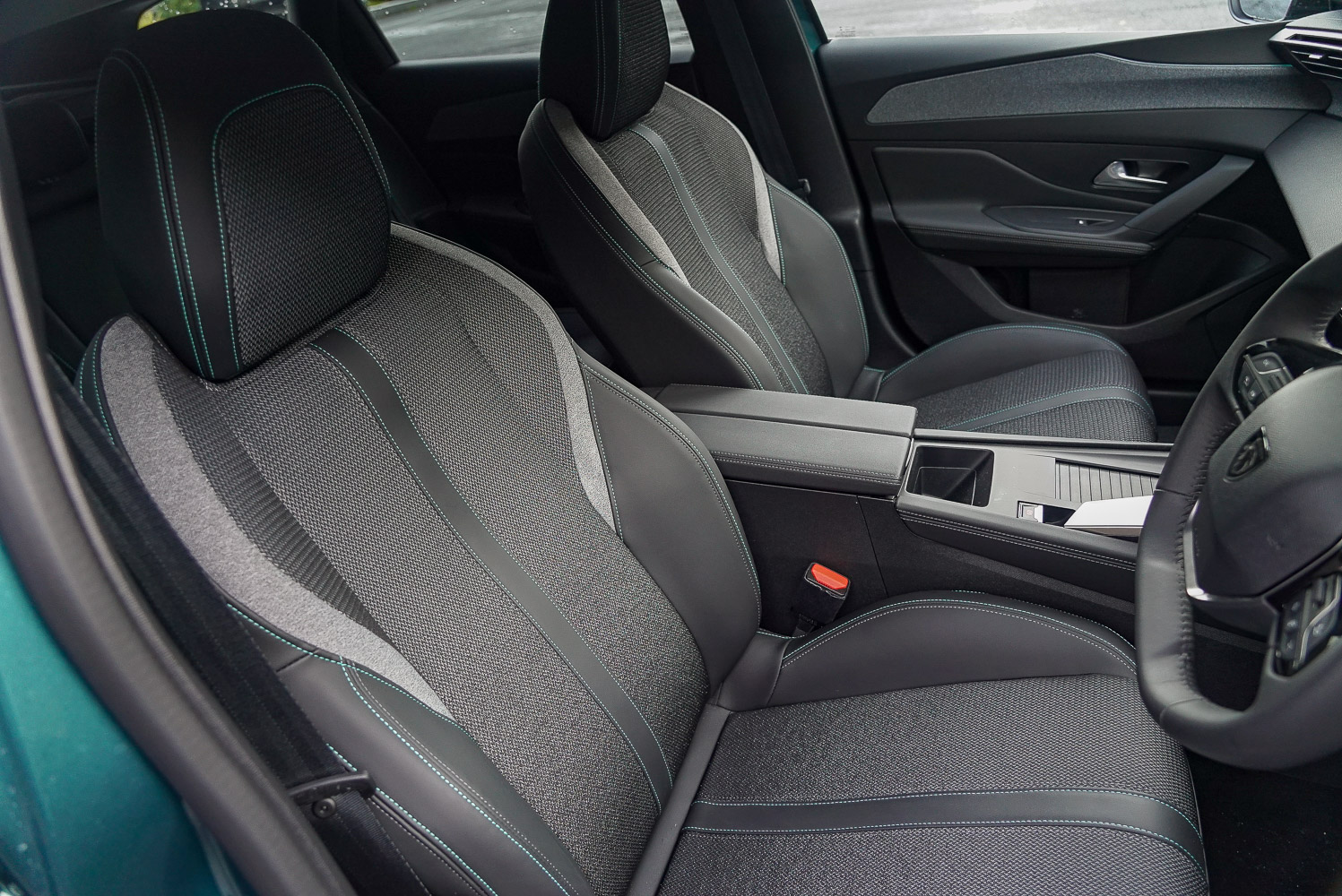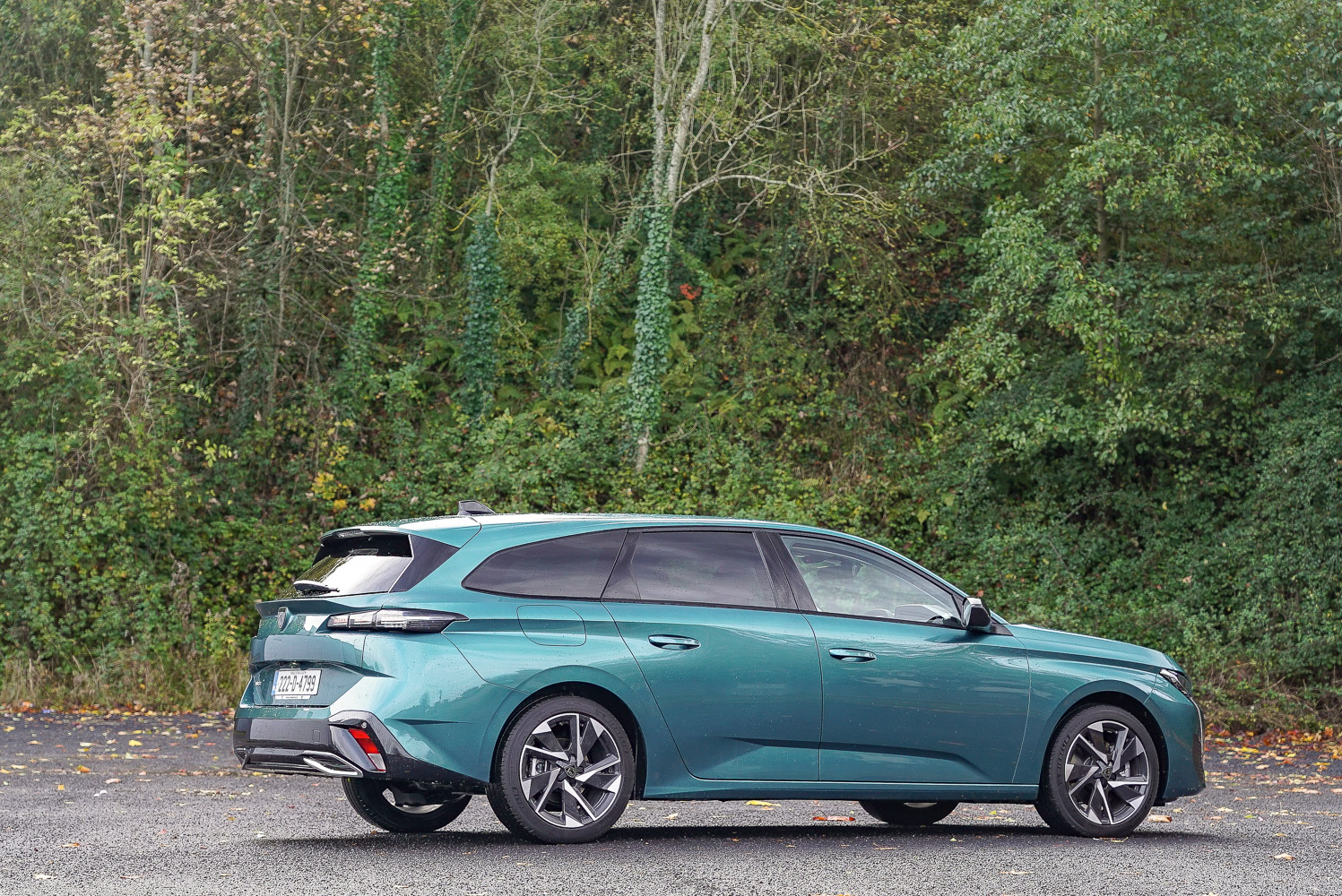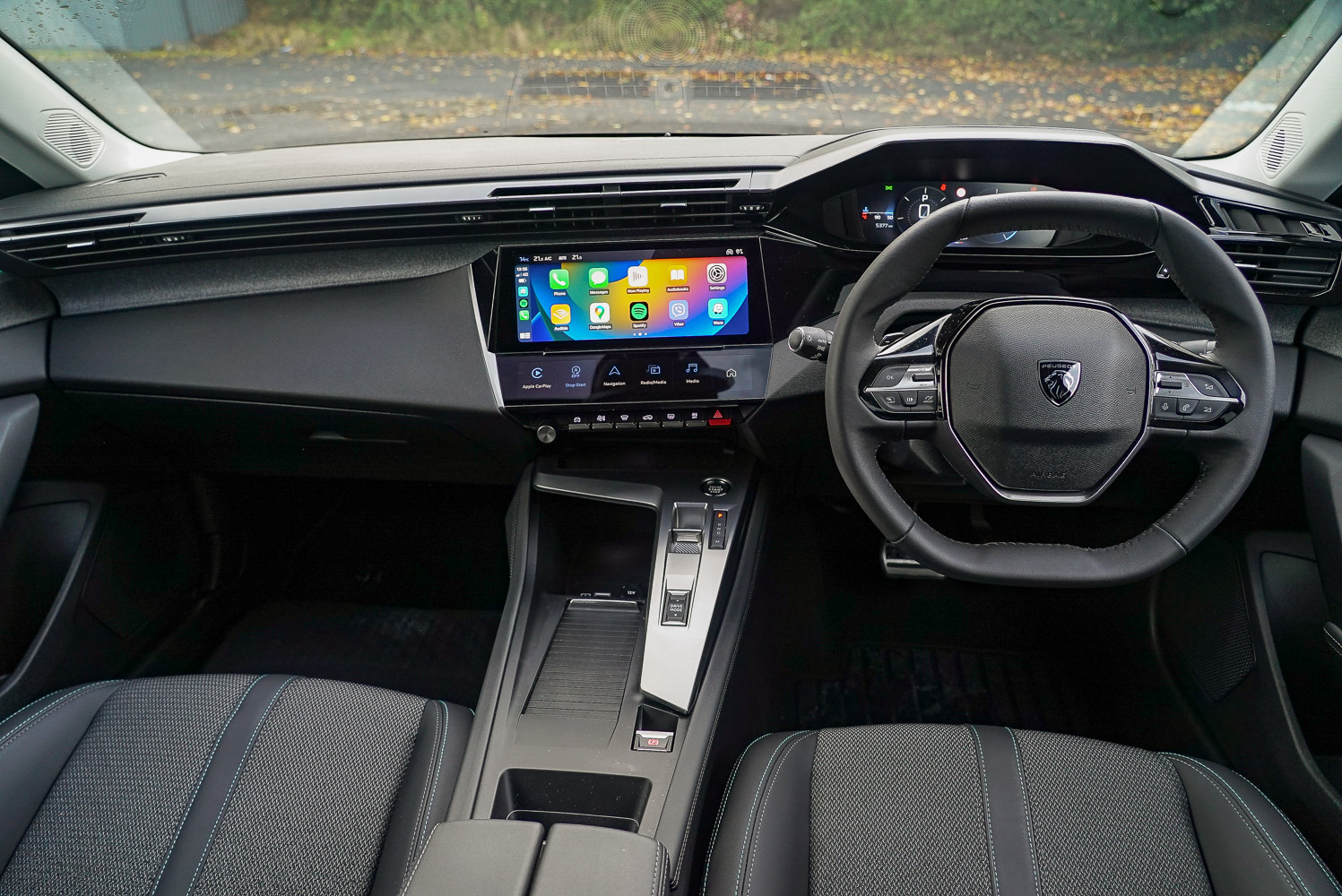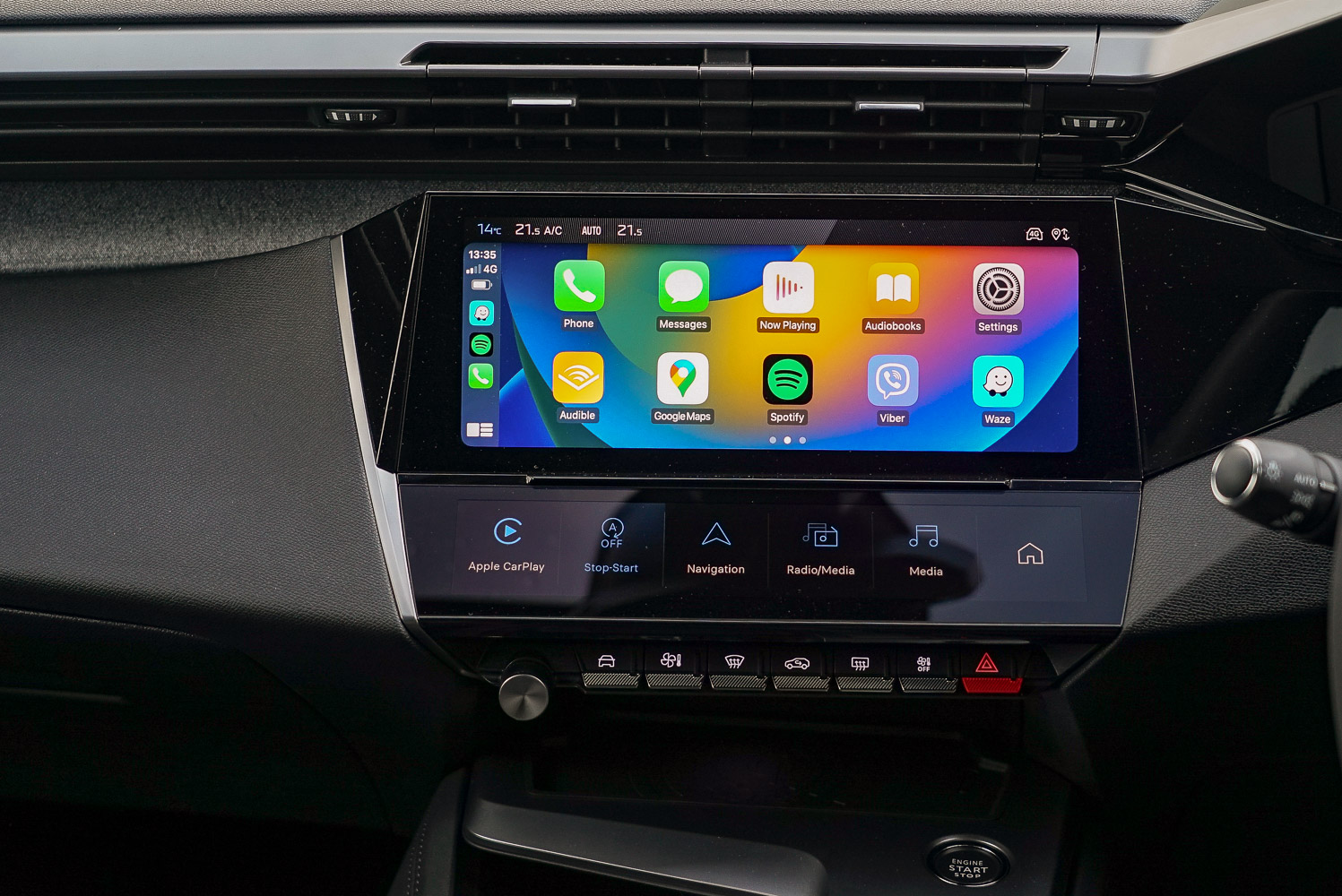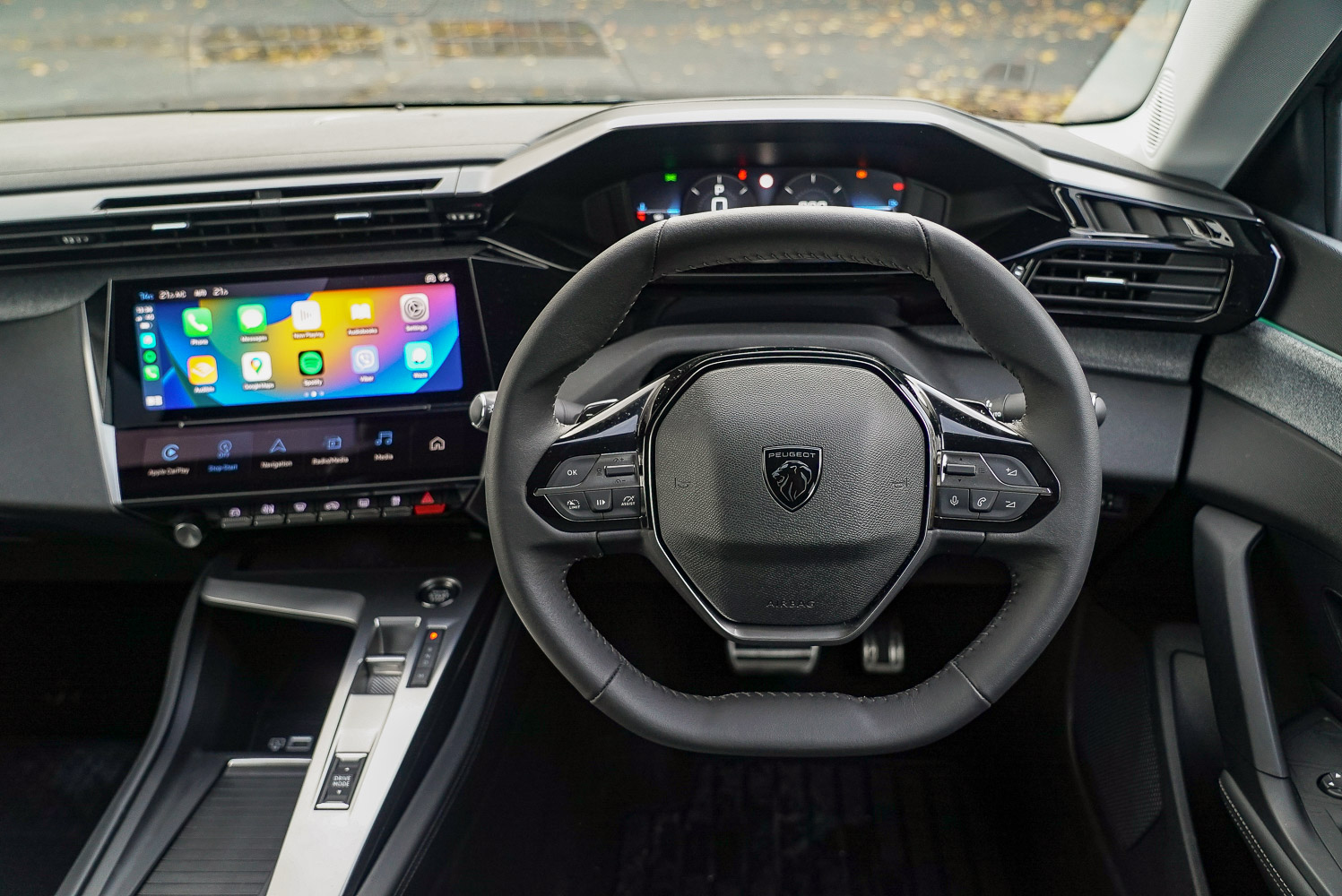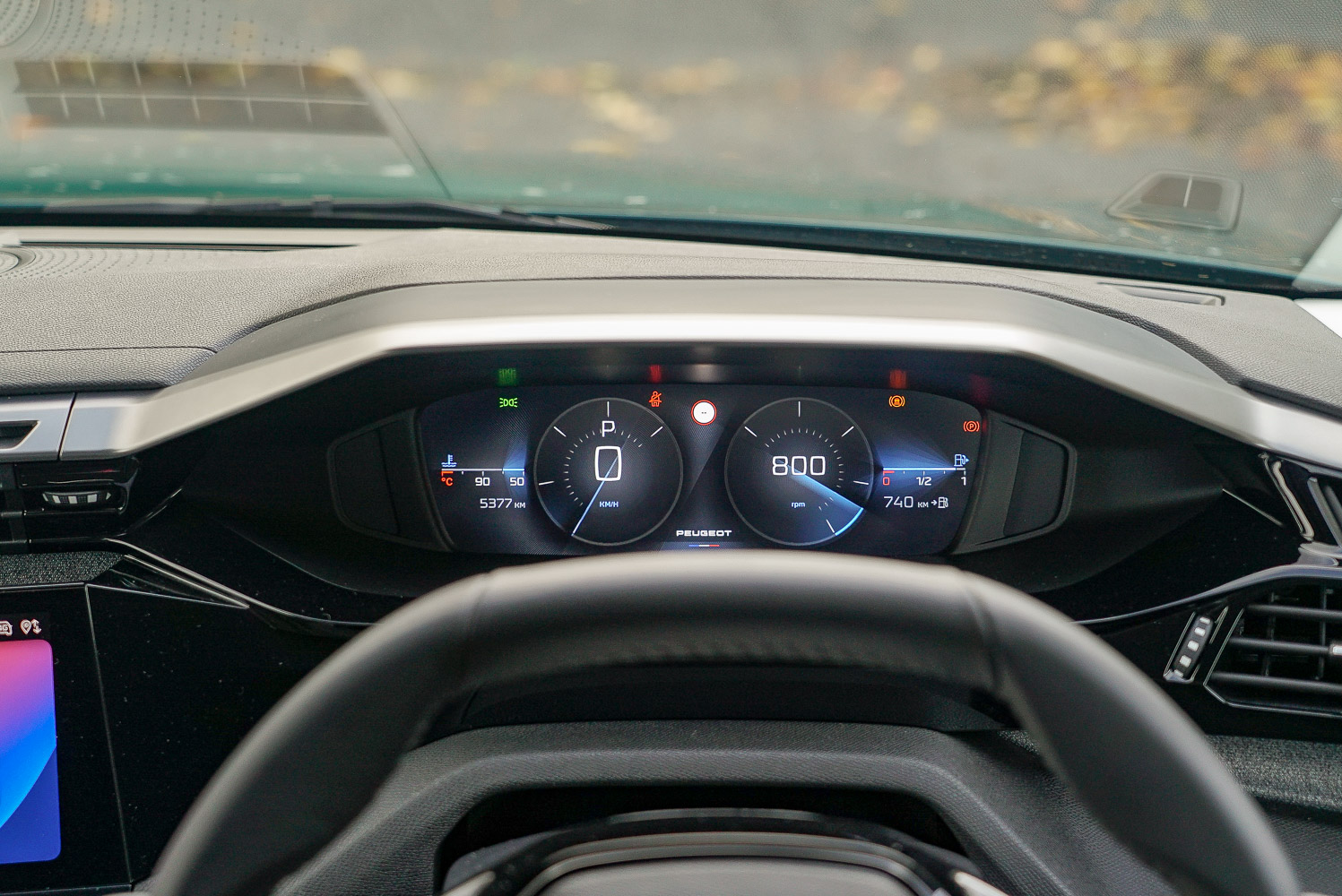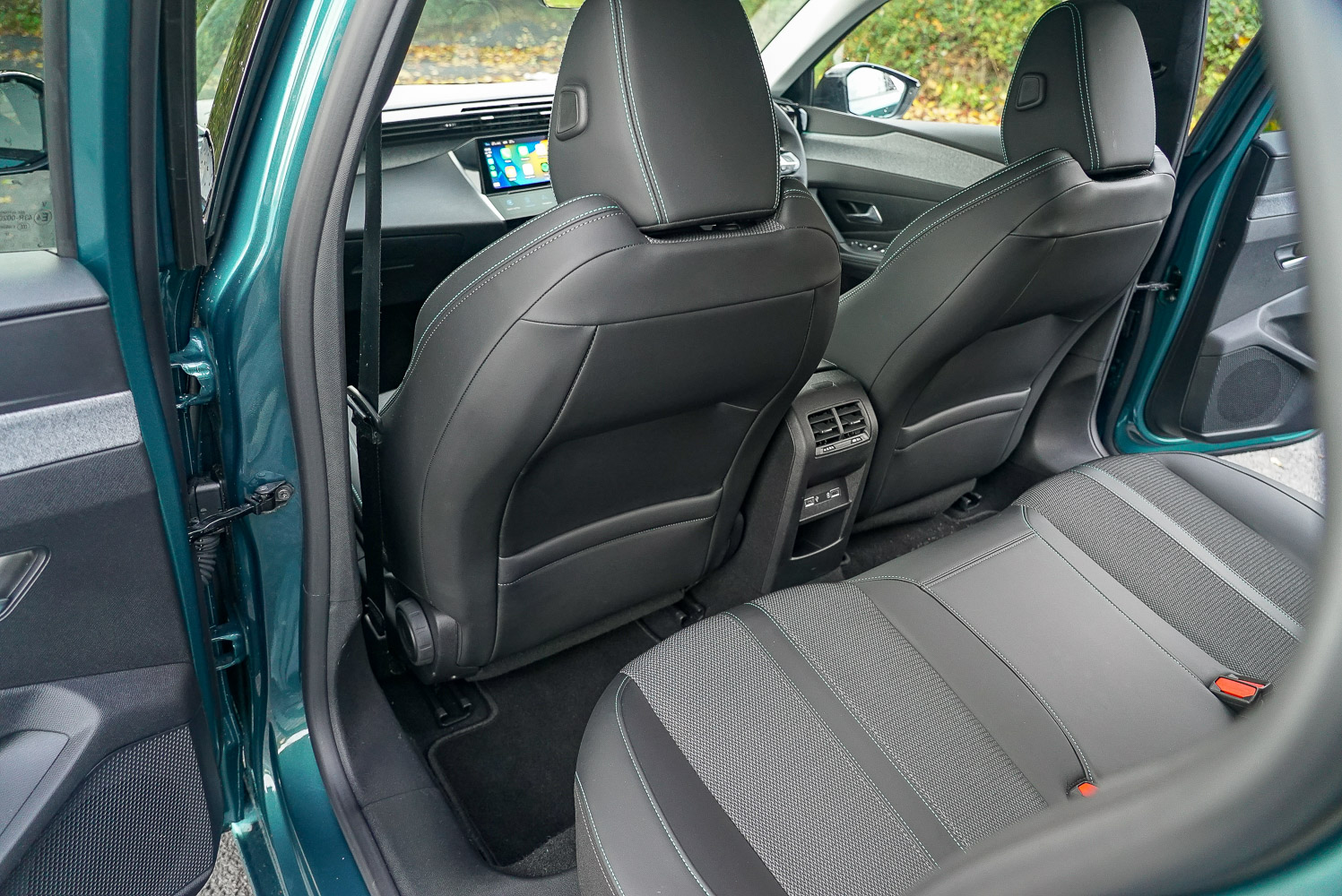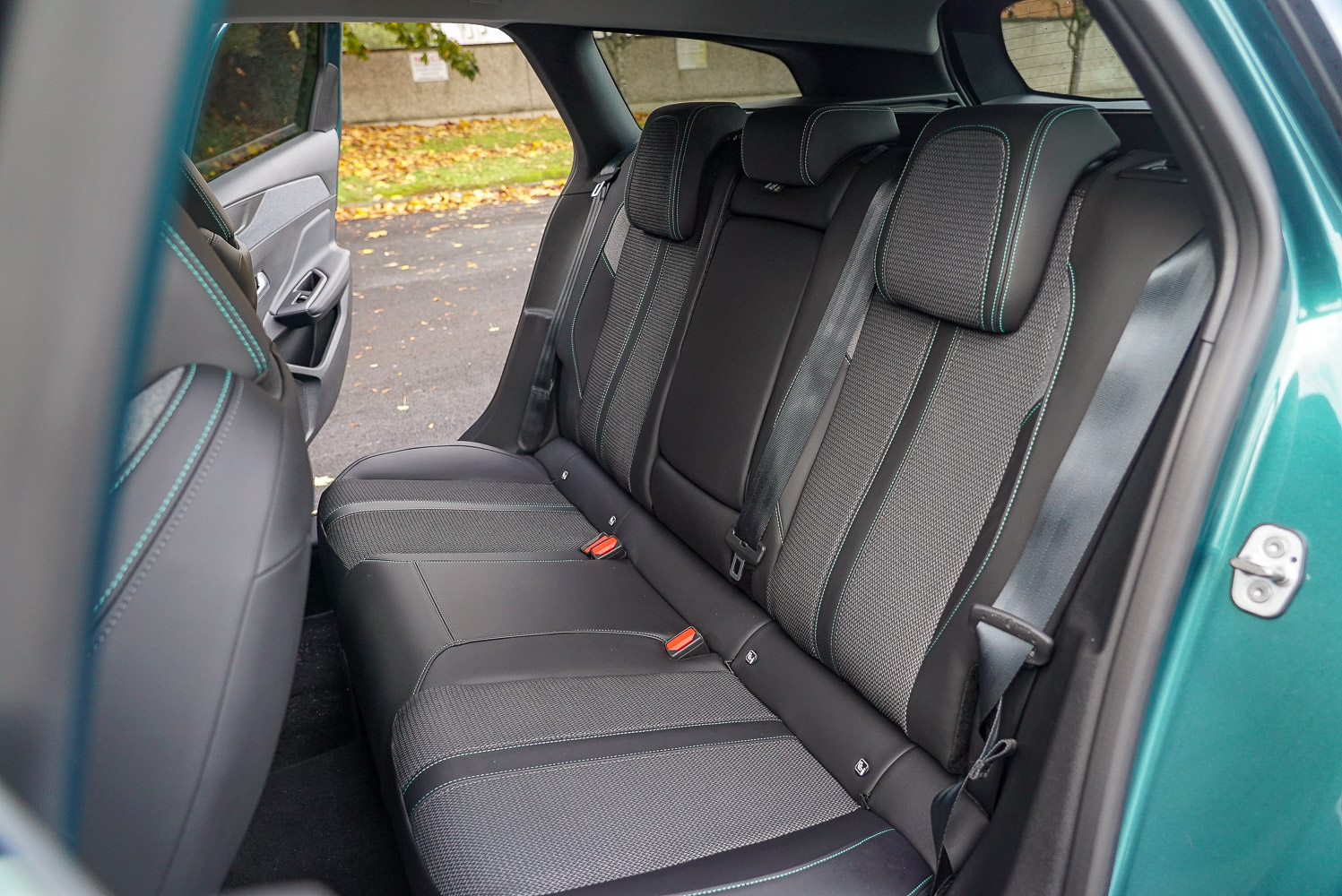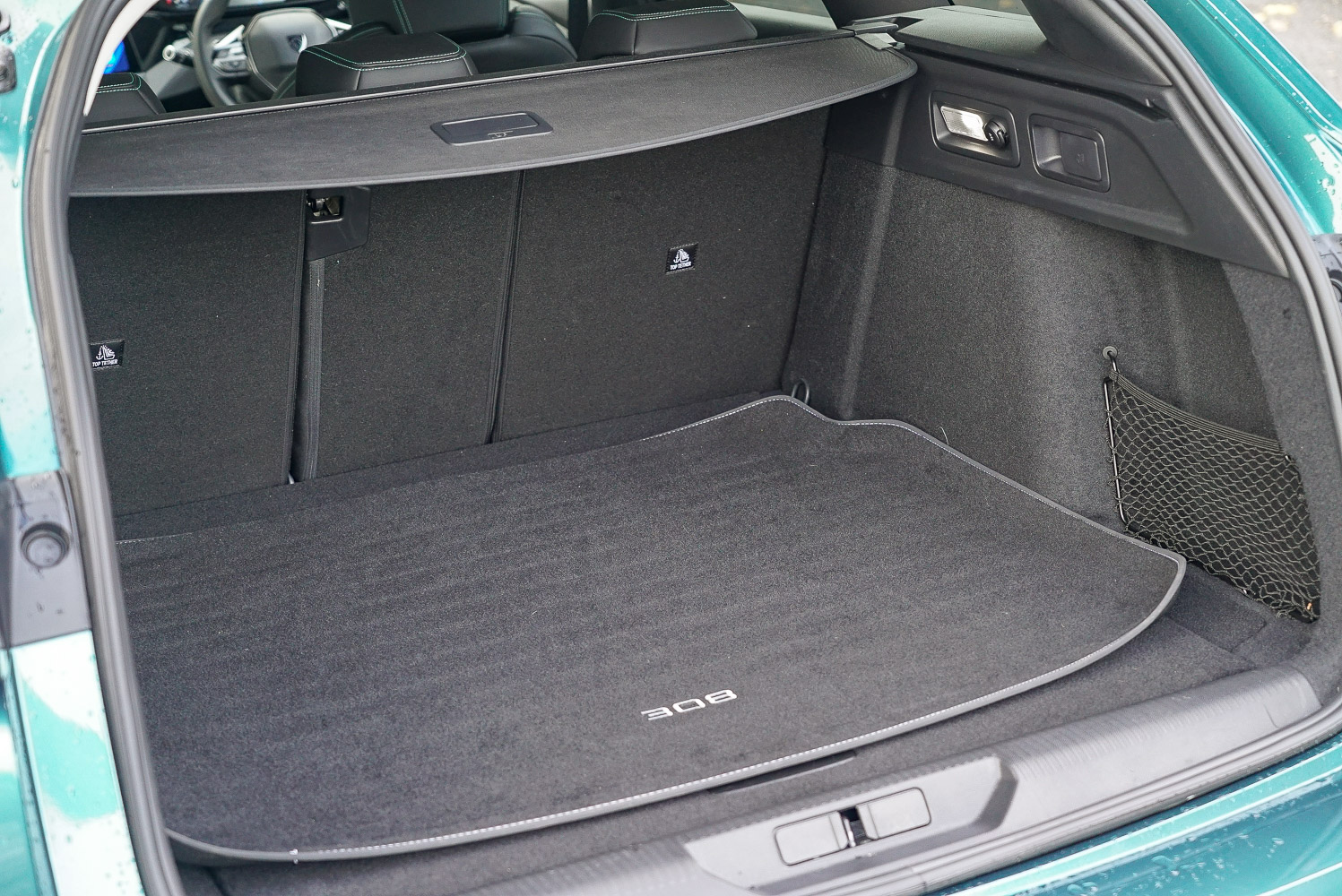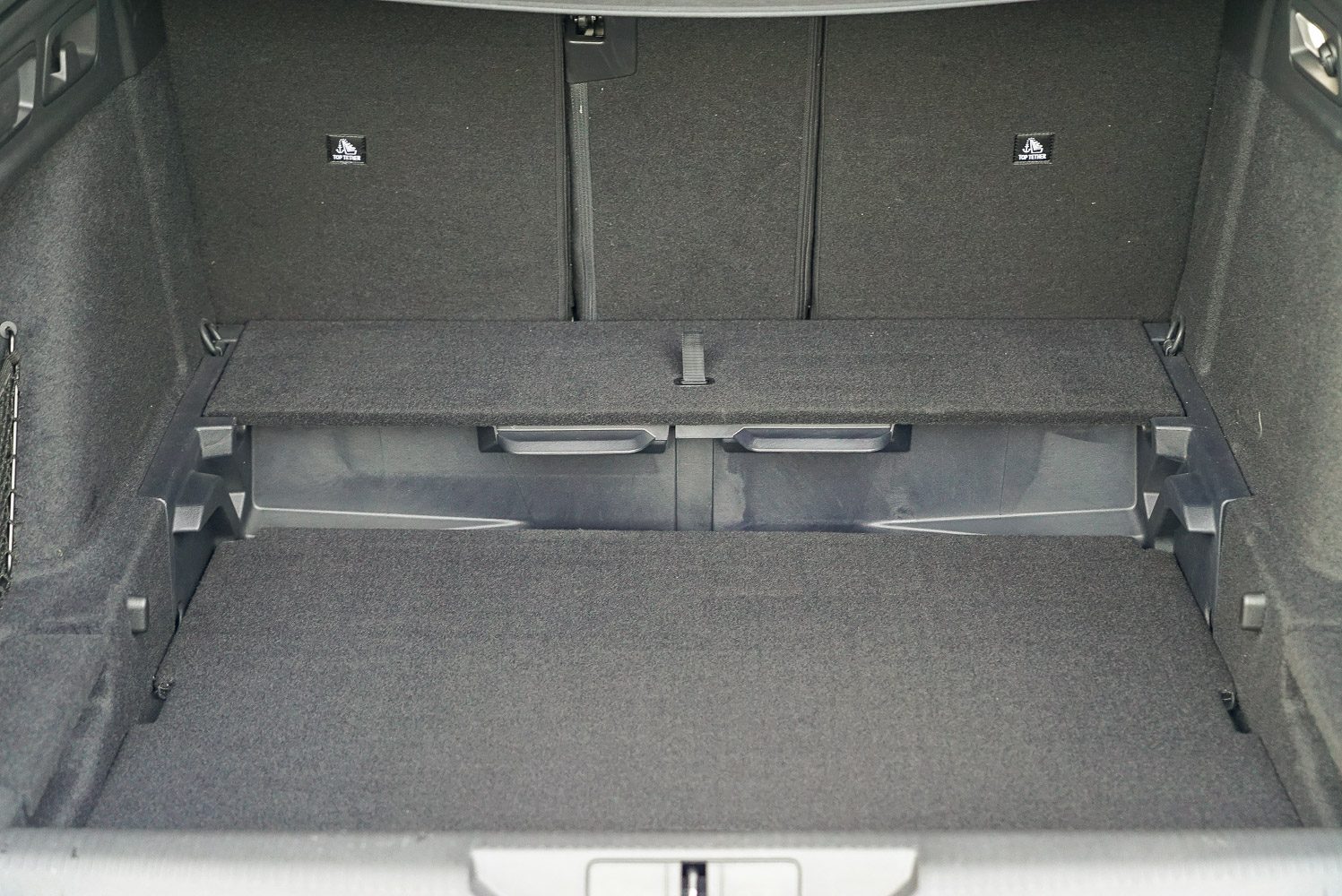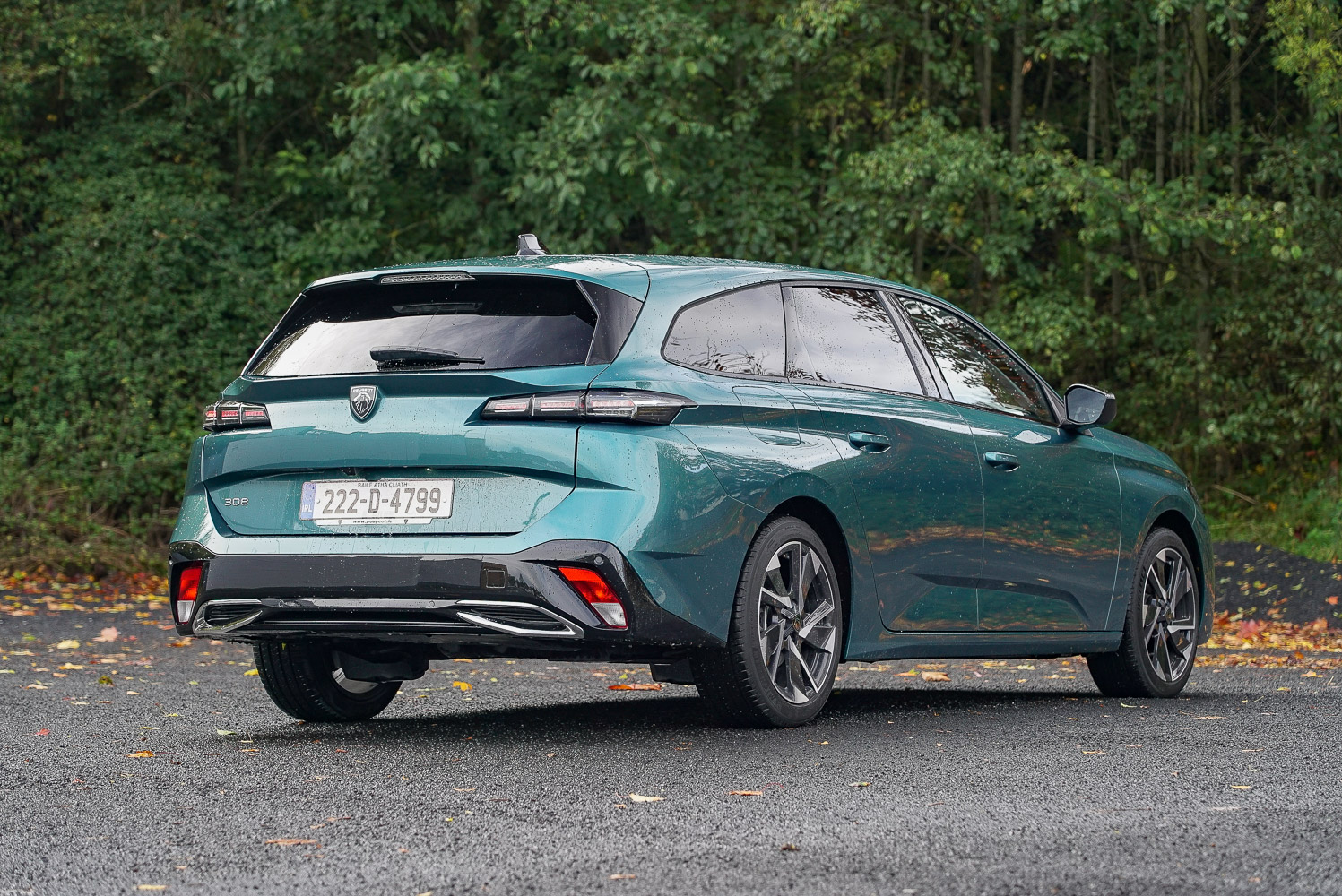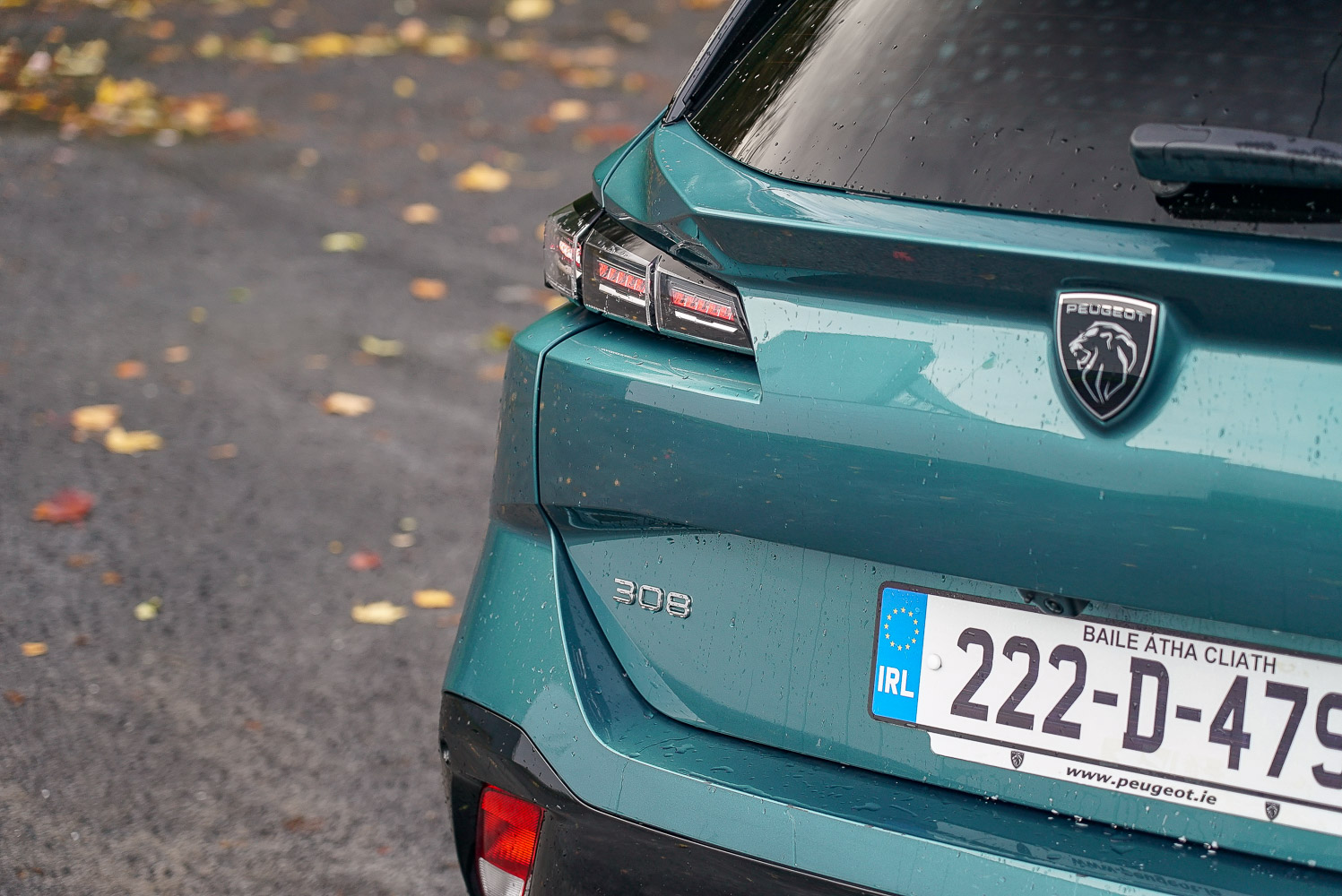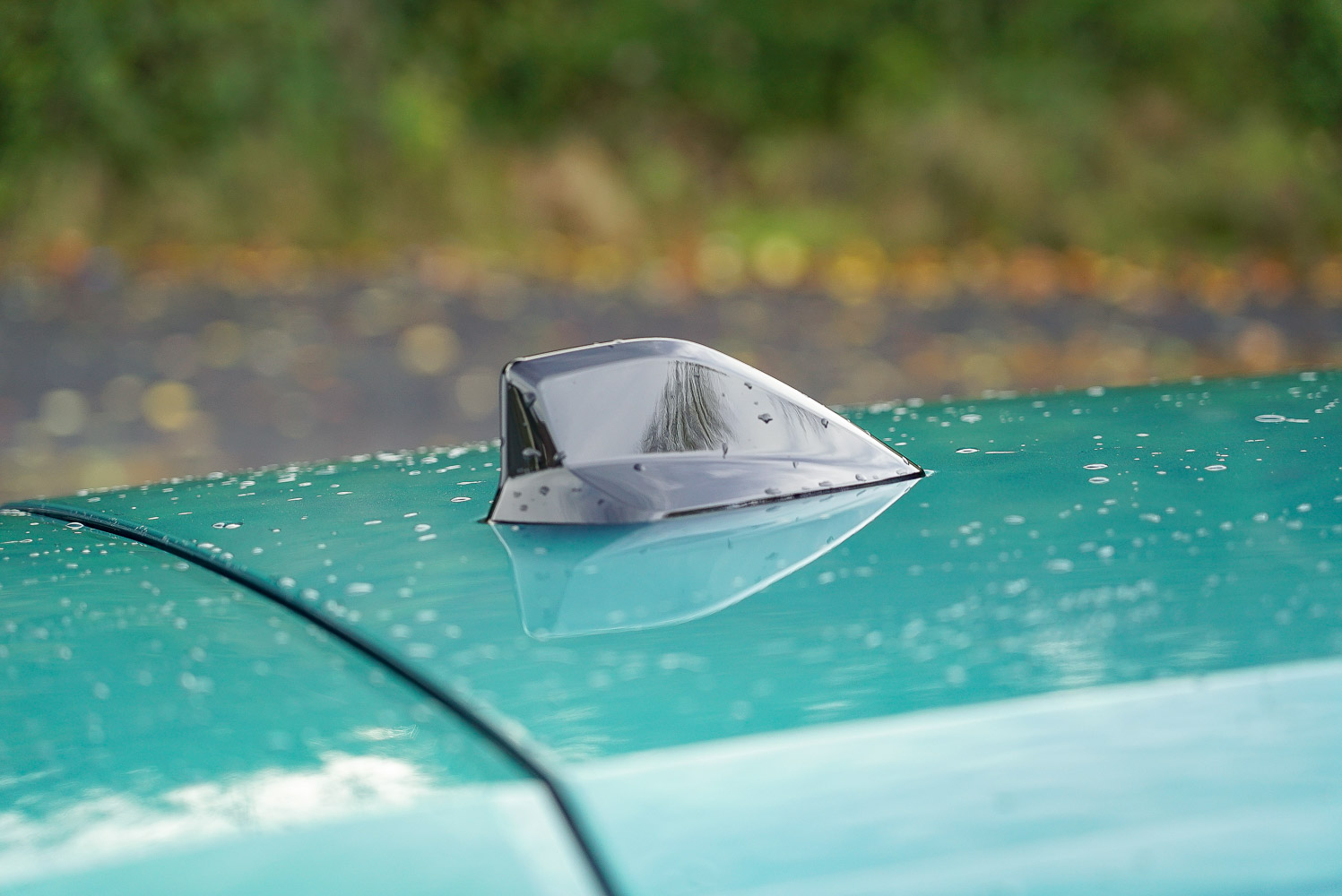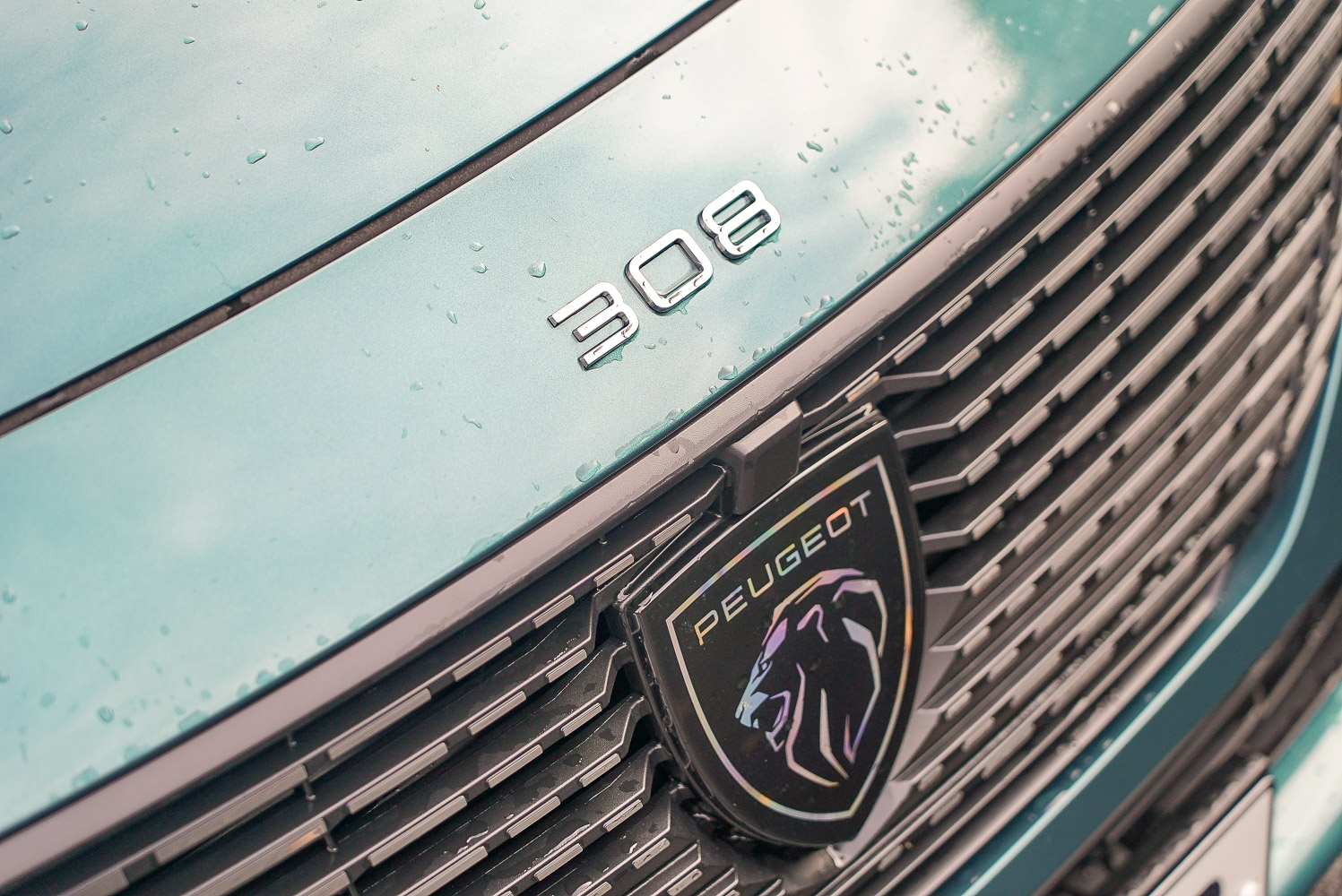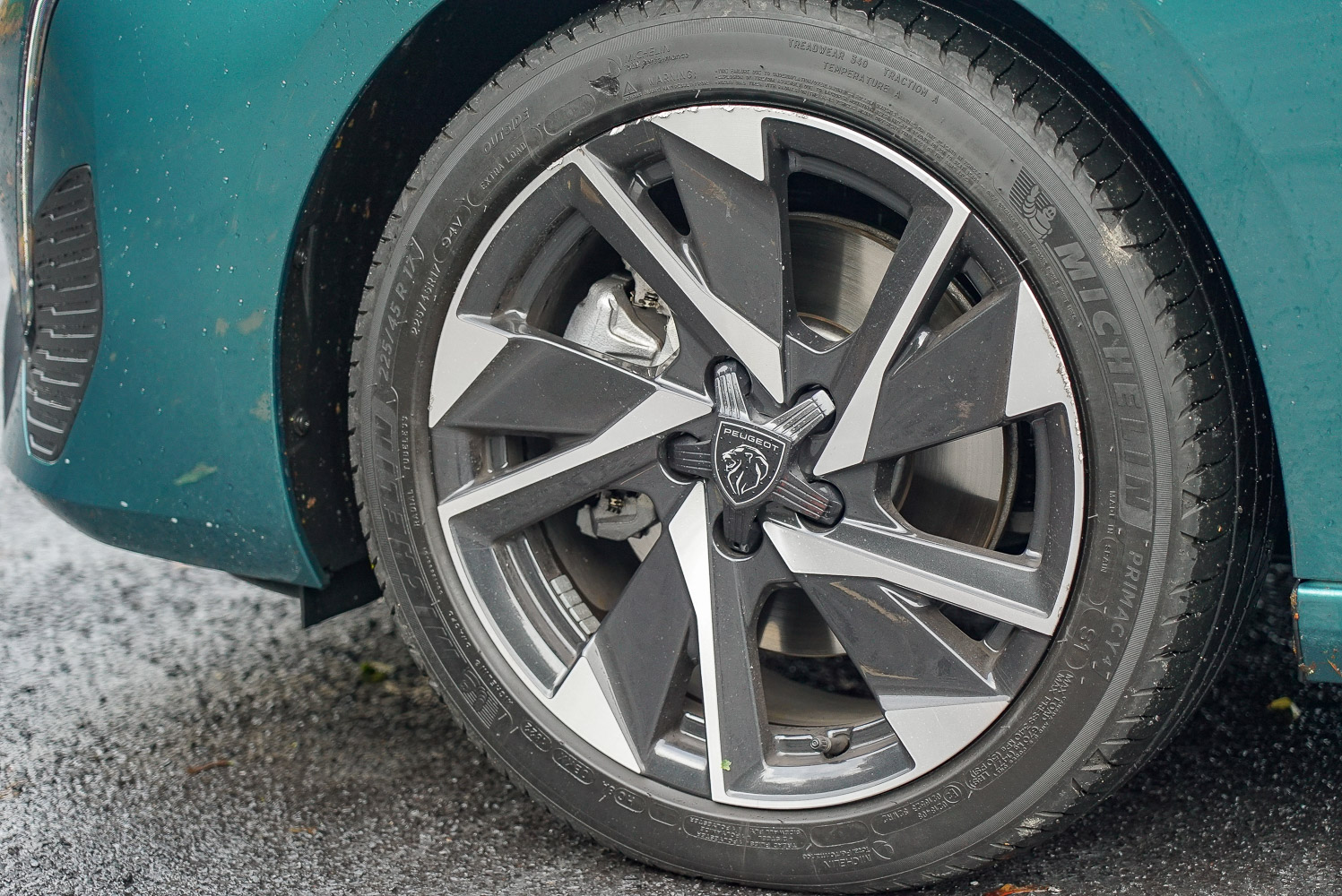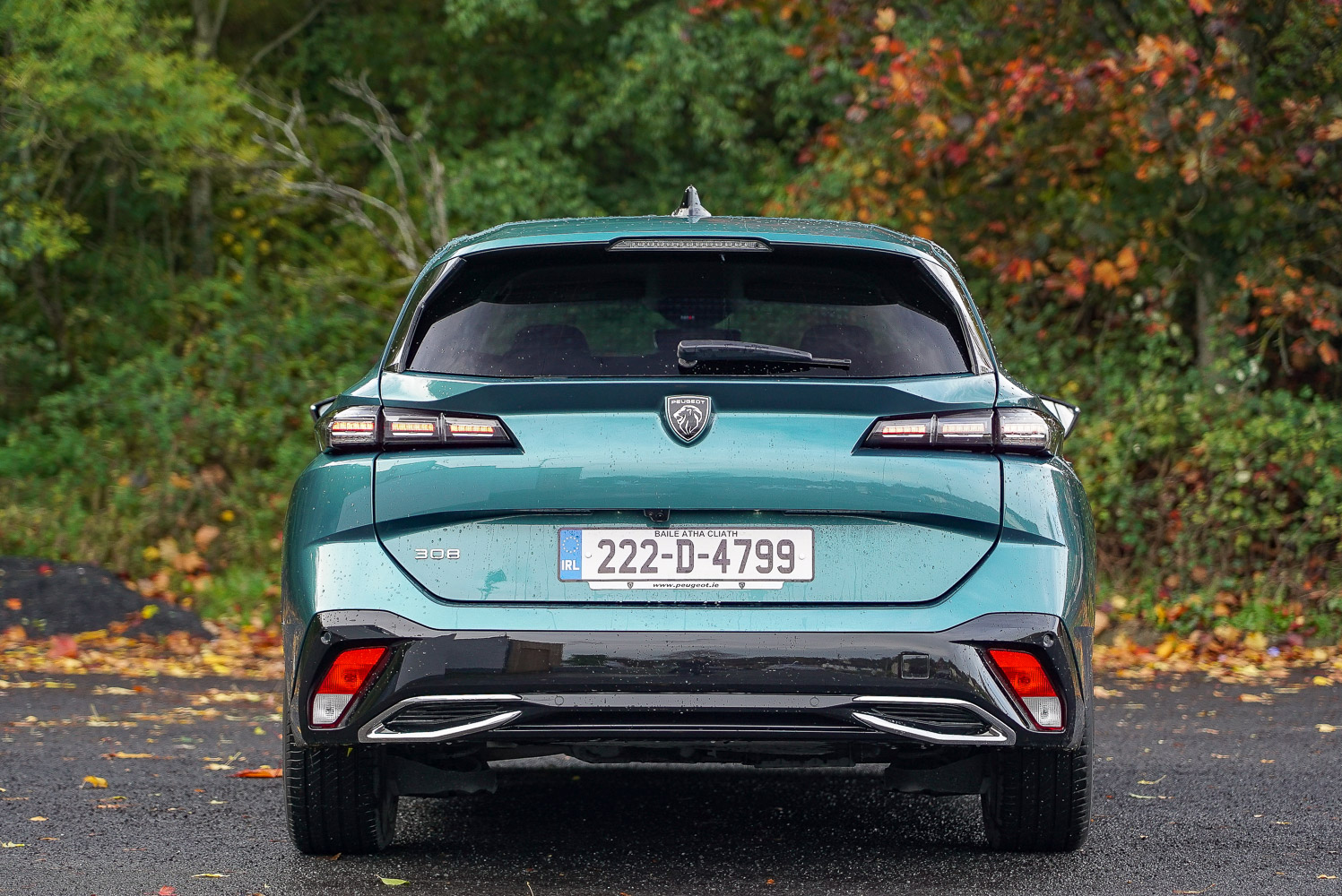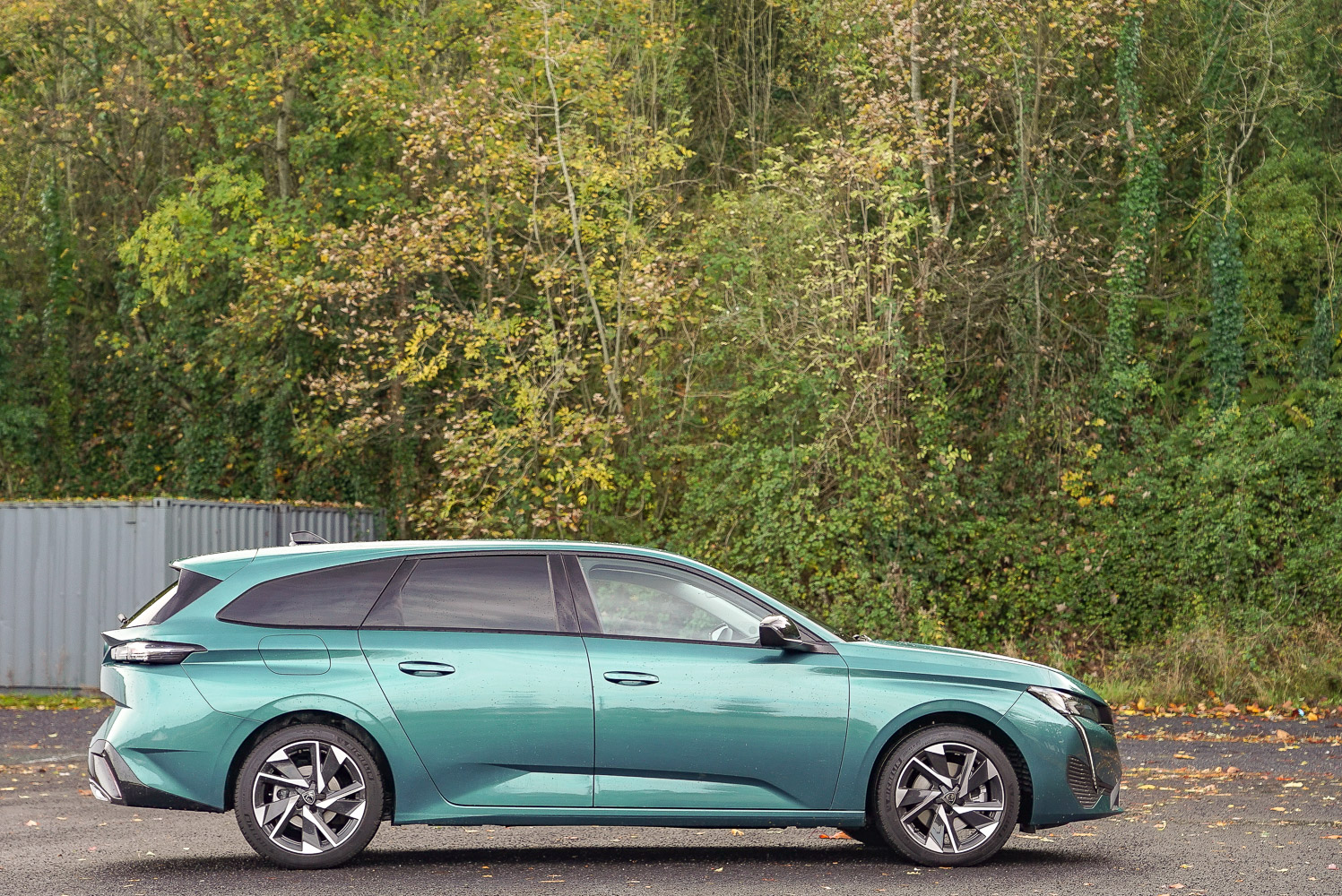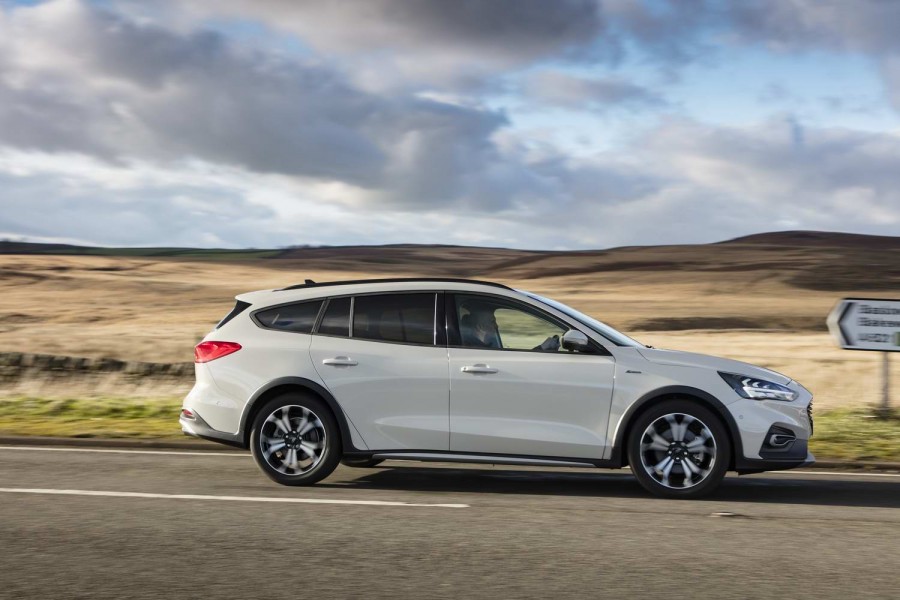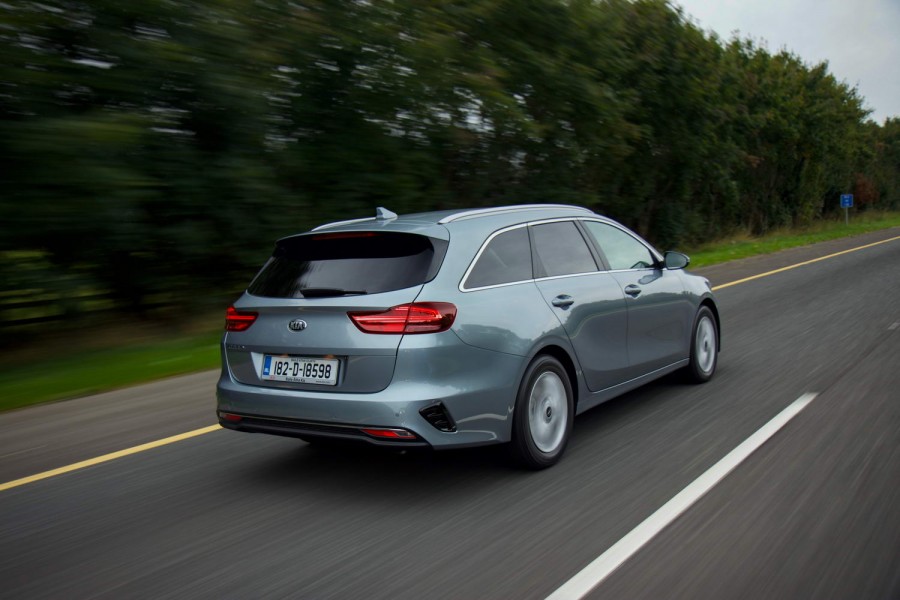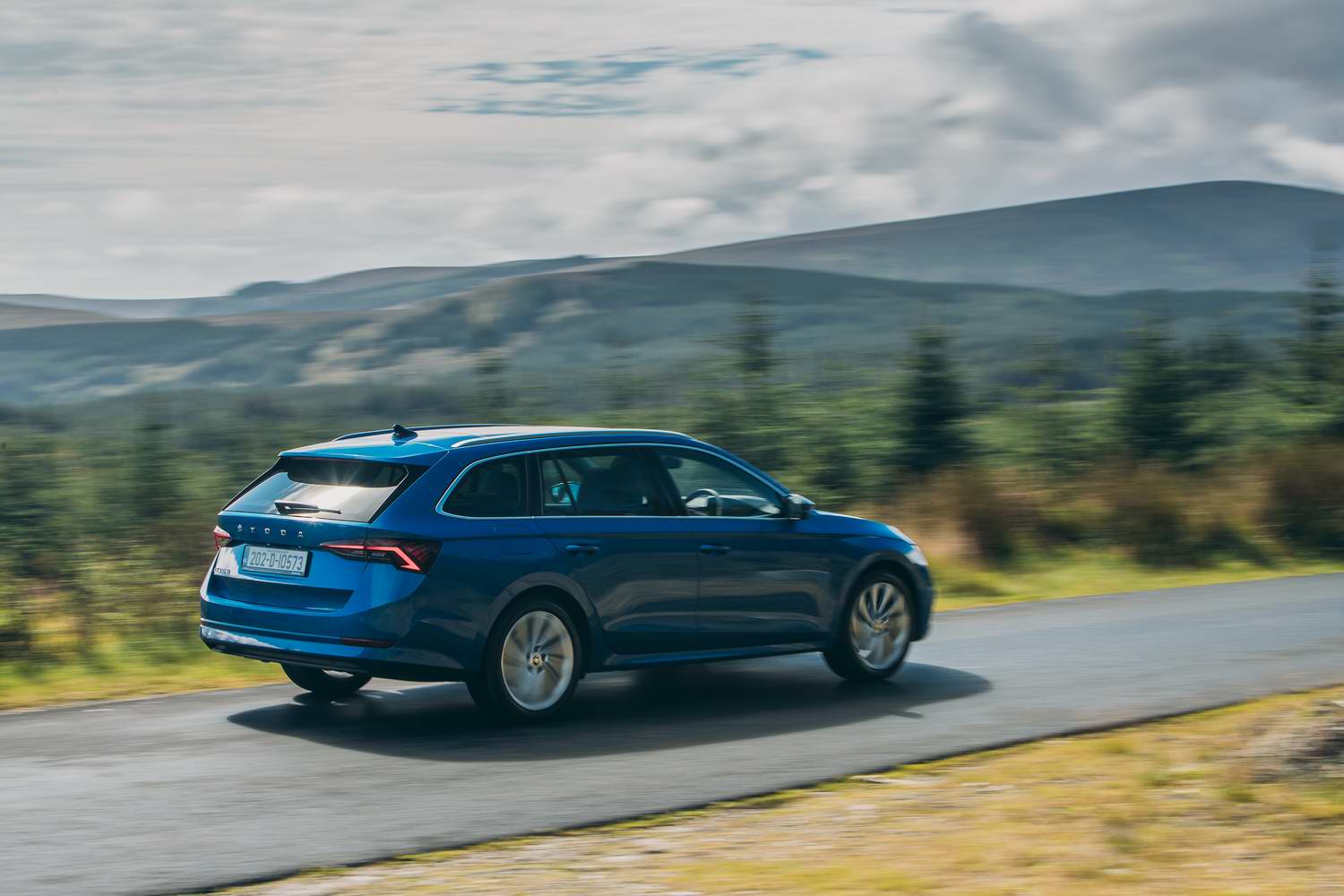Peugeot 308 SW overview
Peugeot has a long and glorious history of making useful, good-to-drive family estate cars that stretches all the way back to the slightly gangly 404 Break of the 1960s, through the fabulous 505 estates of the eighties (with seven seats!) and onto the gorgeous 405 estate of the 1990s. Since 2000, and the arrival of the 307 SW, Peugeot has also had a nice line in more compact, but still spacious, estate models and this 308 SW (the SW stands, more or less, for Station Wagon, but it's really more a badge than an actual acronym) is the latest in that lineage.
It is a strikingly low-slung car, and your eyes - befuddled by seeing too many pointlessly tall SUVs - actually take a second to adjust. The 308 hatchback on which this SW is based is a very handsome car, and the SW retains that handsomeness at the front, while the stretched-out rear frankly enhances it. It's only when you get around to the tailgate that things start to get a little messy - there are a few too many lines and undercuts going on - but overall, this is a very good-looking car indeed.
The question is - will Irish car buyers actually latch on to the fact that this 308 SW gives you the practicality and usefulness of an SUV, at a lower price, with lower fuel consumption? Or will it be bypassed in favour of fashion?
The Peugeot 308 SW model range
The 308 SW model line-up starts with the Active version, which comes with a choice of a 1.2-litre turbocharged petrol three-cylinder engine, priced at €32,765; a 1.5-litre BlueHDi diesel four-cylinder engine priced at €34,865; or a 1.6-litre plug-in hybrid with 180hp, priced at €43,935. All versions - indeed all 308s - come with a standard-fit eight-speed automatic gearbox.
Active models also get, as standard, active emergency braking with cyclist and pedestrian detection, lane-keeping assistance, automatic air conditioning, heated door mirrors, self-dimming rear-view mirror, two ten-inch screens (one for the instruments and one for the infotainment), 16-inch alloy wheels, 'ecoLED' headlights and LED daytime running lights, automatic headlights and wipers, rear parking sensors and a body coloured rear spoiler.
Prices for Allure models start at €35,705 for the 1.2 petrol; €37,395 for our 1.5 diesel test car; and €44,995 for the plug-in hybrid. Allure models get a night mode for the active safety braking, adaptive cruise control with a stop-go function for heavy traffic, rear cross-traffic alert, a rear parking camera, blind-spot detection, tinted rear glass, front parking sensors, multi-mode driving selector, 17-inch alloy wheels, chrome radiator grille, programmable shortcut switches for the infotainment system, connected navigation, wireless Apple CarPlay and Android Auto, interior ambient lighting and high-beam assistant for the headlights.
Top-spec GT models cost €39,215 for the 1.2 petrol; €41,045 for the 1.5 diesel; €47,495 for the 180hp plug-in hybrid; and €49,995 for the top-spec 225hp plug-in hybrid. These versions come with a 'clean cabin' filter for the air conditioning, a '3D' digital instrument screen, a heated steering wheel, a Sport Pack that includes sportier steering and throttle response, contrast bright green stitching and Alcantara seats, 18-inch diamond-cut alloy wheels, a dark chrome finish for the radiator grille, a sporty body kit, Matrix LED headlights and a welcoming light-up sequence for the LED brake lights.
Obviously, it's the plug-in hybrids that offer the lowest CO2 levels - between 25g/km and 27g/km depending on the model - while the diesel models are the next best, between 118g/km and 122g/km. The 1.2 petrol engine has emissions of between 129g/km and 131g/km.
Peugeot Ireland currently offers the 308 with a 3.9 per cent APR PCP finance package, with repayments starting from €303 per month but check its website https://www.peugeot.ie/buy/buy-online/offers.html for the most up-to-date details.
The Peugeot 308 SW interior
If you thought the exterior styling of the 308 SW was a bit on the dramatic side, wait until you see the interior... It picks up the baton from the striking interiors of the Peugeots 208 and 2008 and continues with the occasionally controversial 'i-Cockpit' layout that means you get a small, low-set hexagonal steering wheel that sits almost in your lap, with high-set instruments. It's a layout that not everyone gets on with, but I find it works well and it feels natural and comfortable quickly.
The driving position is good, and visibility all round is excellent thanks to the long side windows. The main instruments are clear, too, and you can fiddle with the screen's layout to your taste. There's a nice, slim line of dark chrome that runs the width of the dashboard and the main air vents are set neatly into this. Below, on the passenger's side, there's a deep concave panel that's lined with a soft fabric, which lends a pleasantly high-end air to the cabin.
The main touchscreen represents a significant improvement over Peugeot's old infotainment system. The graphics are much crisper and more expensive looking, and the responsiveness of the screen has been much improved, as well. So too have the menu layouts, which are much more logical than before - for instance, dimming the cabin lights and screens at night now takes only two clicks, not the five or six it took before.
Below the screen are the 'i-Toggle' switches, which are actually part of a strip of touchscreen that you can setup with shortcut buttons to take you instantly to the menu screen you need. These can be very useful, and below those are some actual physical switches, which include shortcuts for the heating and air conditioning controls, although as ever, proper physical controls for temperature settings would be easier still than having to navigate an on-screen menu.
Down on the centre console, there are two large storage areas, one covered and one not. Under the covered section you'll find two cupholders, while in the uncovered section there are two USB-C ports and a 12-volt socket. To the right of the cupholders, there's a chunky toggle switch that is the gear selector, and another button for the driving modes. There's also a switch for the electric parking brake, and the stop-start button. Further back, there's a smaller, angled area that is ideal for stashing a phone or wallet, and behind that there's a storage area under the front armrest, which splits down the middle and opens butterfly-style.
The whole cabin has an impressive feeling of quality, and the fit and finish is incredibly good indeed. In storage terms, the front armrest box is a little shallow, and the door bins are a touch narrow, but the glovebox is OK, and the storage area in front of the cupholders is a decent size.
In the back, the 308 SW benefits from sitting on a longer wheelbase than that of the hatchback, so you do get noticeably more legroom, while the extra glass area of the estate makes the rear feel much brighter and airier. Rear-seat passengers get air vents and two more USB-C sockets, plus door bins big enough to hold large bottles of water.
The boot is massive. At 608 litres, it dwarfs that of the Peugeot 3008 SUV. There's a very slight load lip, but other than that, the boot is flat, square and has some useful netted storage areas at the side. The rear seat split-folds in 70:30 formation, and you can fold it by tugging handles in the boot. There's enough of a spring in the seatbacks that they should just fall forward without you having to push them, opening up 1,634 litres of space. They don't fold entirely flat, but there's only a slight slope up to the backs of the front seats.
The Peugeot 308 SW 1.5 BlueHDi driving experience
It seems almost odd to be driving a diesel-engined car in this day and age, but the benefits in economy terms are immediately apparent. The 1.5-litre, 130hp engine is broadly refined by diesel standards, but its real trick is fuel economy. With several long motorway runs, and lots of slow urban mileage too, the 308 SW stubbornly refused to budge above 4.8 litres per 100km fuel consumption, which is deeply impressive. On one fairly gently-driven run (with air conditioning switched on) we managed to record 4.2 litres per 100km. That compares incredibly well to the more like 6.0 litres per 100km you'd get on a long motorway run in the plug-in hybrid version, so for drivers who spend all day pounding the motorway, diesel still has some benefits.
With 300Nm of torque, you'd expect lively performance, but the overall throttle response isn't that great. Switching into Sport mode helps a little, but the engine's powerband is narrow. The 1.2-litre three-cylinder petrol alternative, although having much less torque, feels sprightlier to drive and isn't all that much less economical in general. It's certainly worth test driving back-to-back before you commit and it's worth also pointing out that next year (2023) sees the arrival of the all-electric e-308 and e-308 SW, which come with an official 400km one-charge range. Could be a bit of a game-changer.
The 308's chassis is a bit of a star, though. That small steering wheel makes the car's responses in corners feel more urgent, and although the low-speed ride can be a touch lumpy it's easy to get the 308 SW into a hugely enjoyable rhythm on a twisty country road. In the manner of classic Peugeots of yore, it feels fluid and engaging, a car in which you can enjoy yourself while your passengers sit back and relax. Overall refinement is fine, although the estate bodywork does amplify rear tyre noise just a little. Certainly, it's more fun to drive than any comparable SUV, and more economical all-round, thanks to that lower, more wind-cheating shape.
Our verdict on the Peugeot 308 SW
Although the diesel engine doesn't show this car off in its best light, the 308 SW still emerges as a hugely satisfying car. If you're a long-haul driver, you'll revel in the fuel economy. If you're a keen driver, you'll revel in the sweet chassis and steering. If you're a family driver, you'll revel in the comfortable seats, high-quality cabin and that massive and useful boot. As all-rounders go, this is an extremely hard car to beat.
What do the rest of the team think?
We're big fans of the Peugeot 308 around here - seduced by its exterior design and interior quality. The SW estate adds to all that with a huge boot and a little more rear passenger space - and it still looks great. As Neil said, though, stay away from the diesel unless you really do spend each and every day on the motorway.
Shane O' Donoghue - Editor

